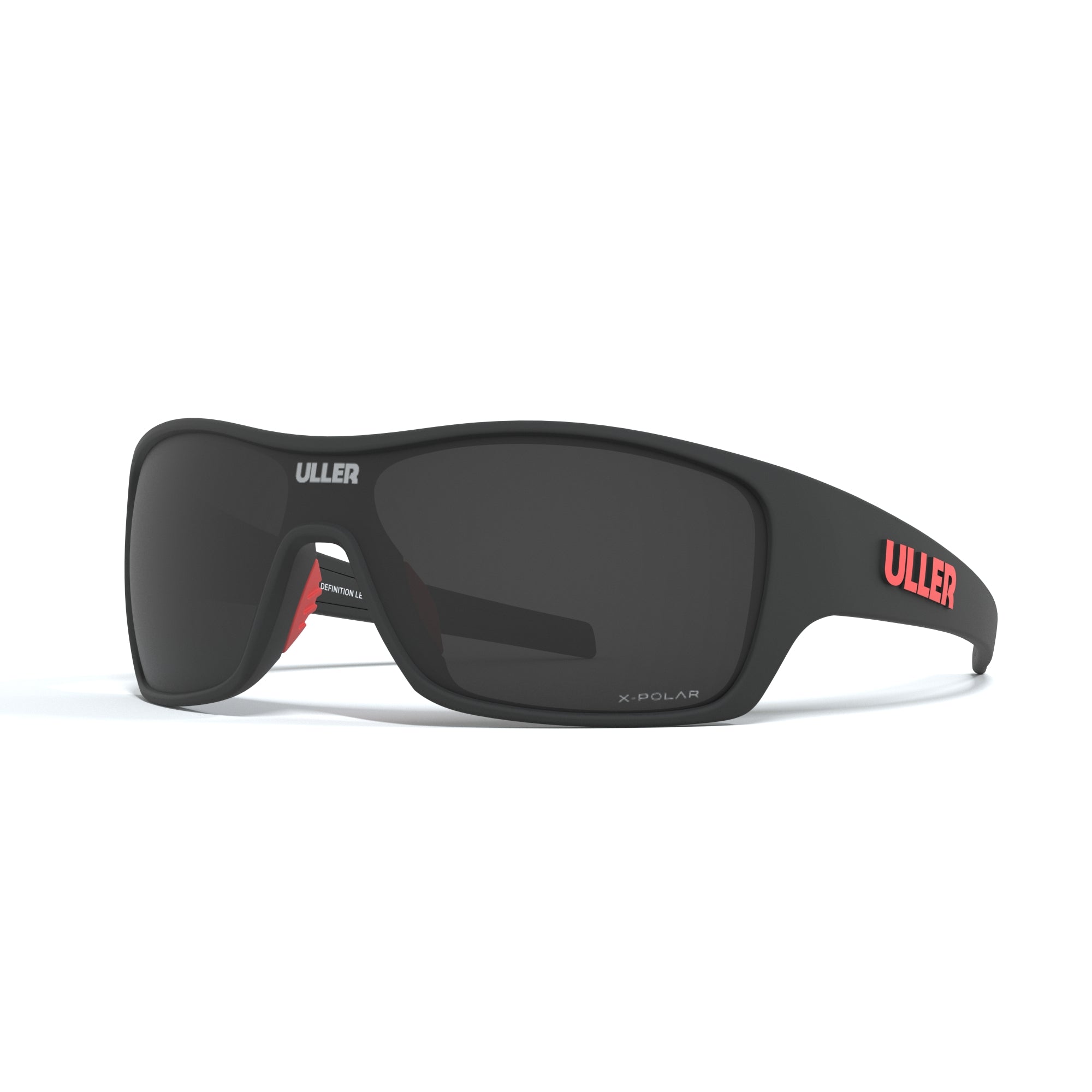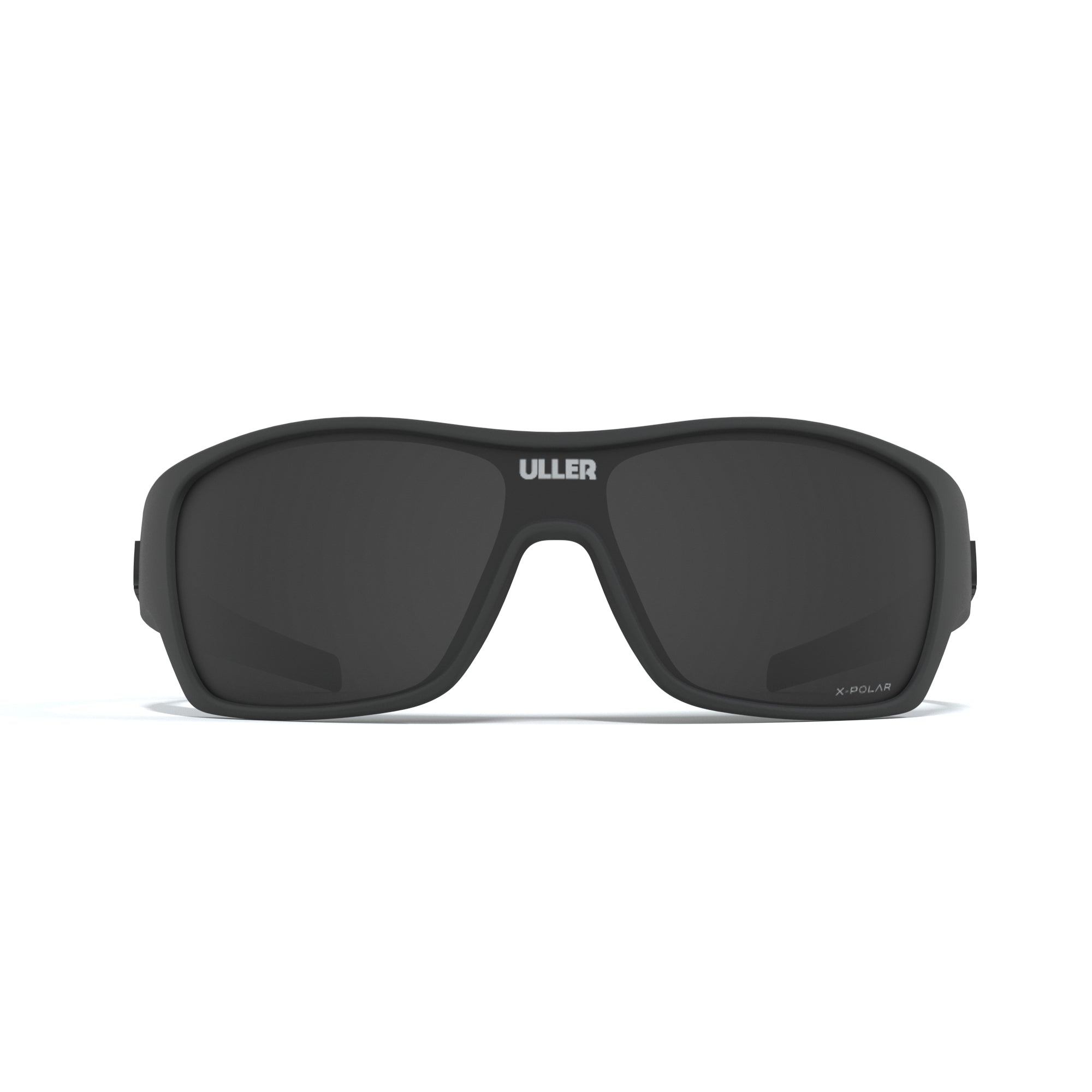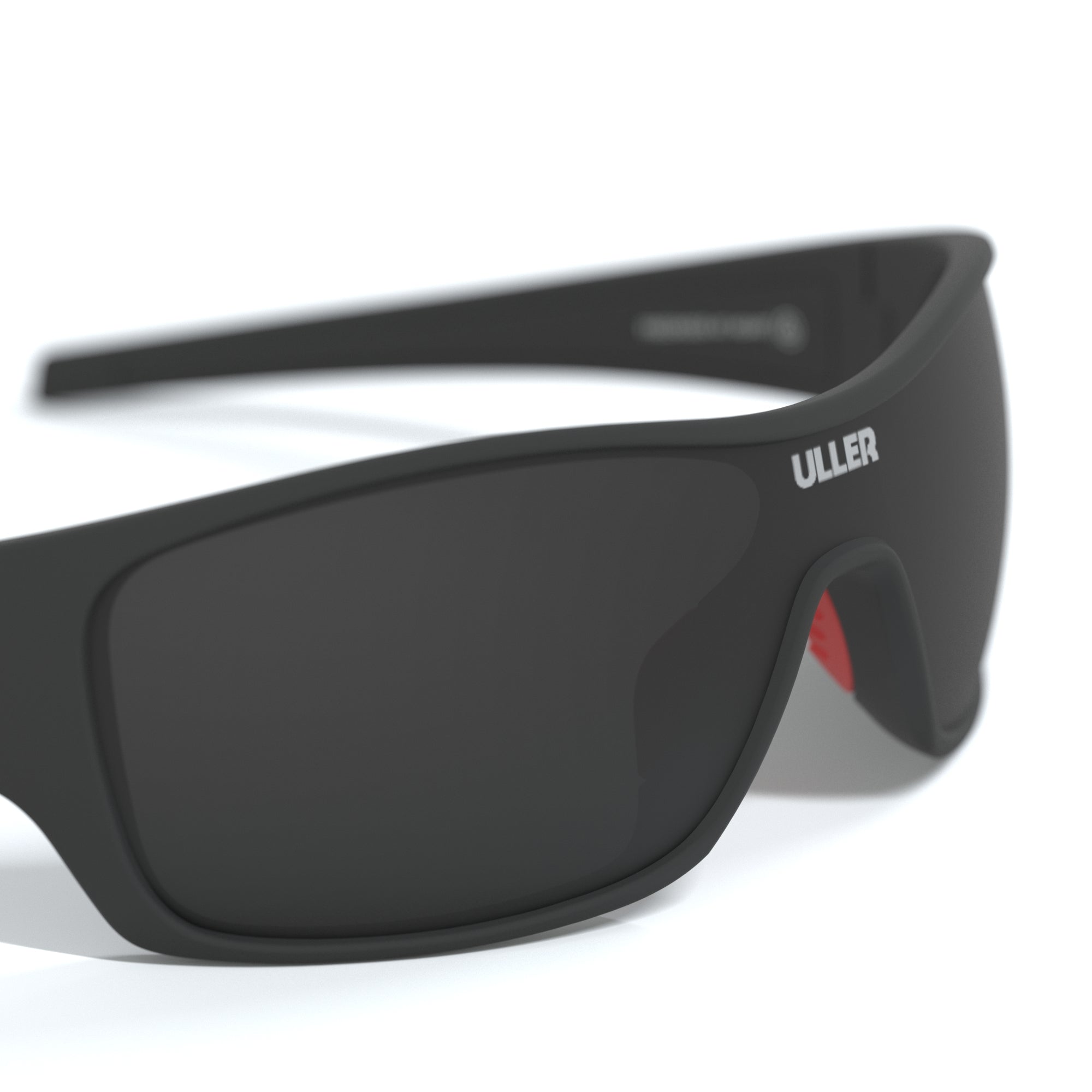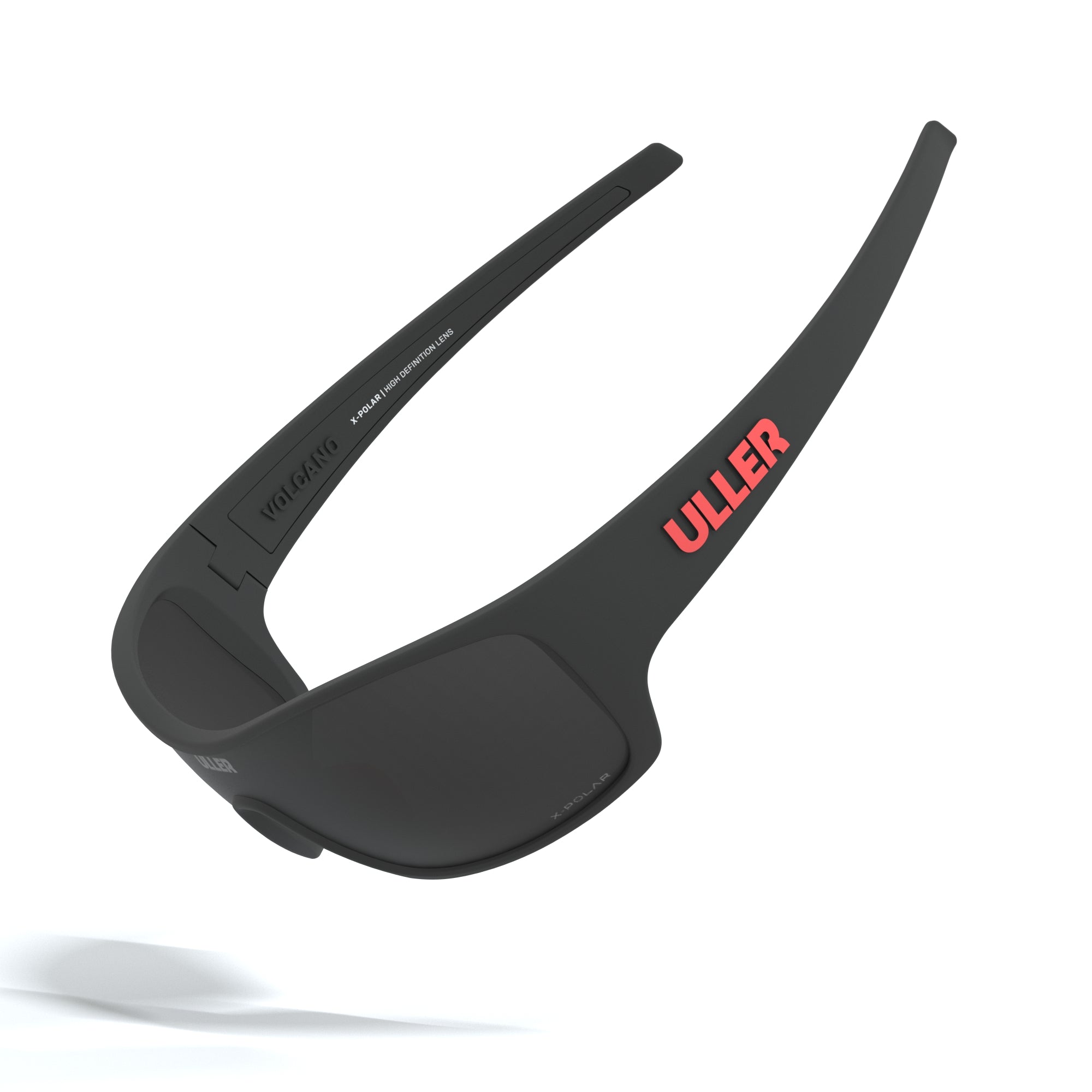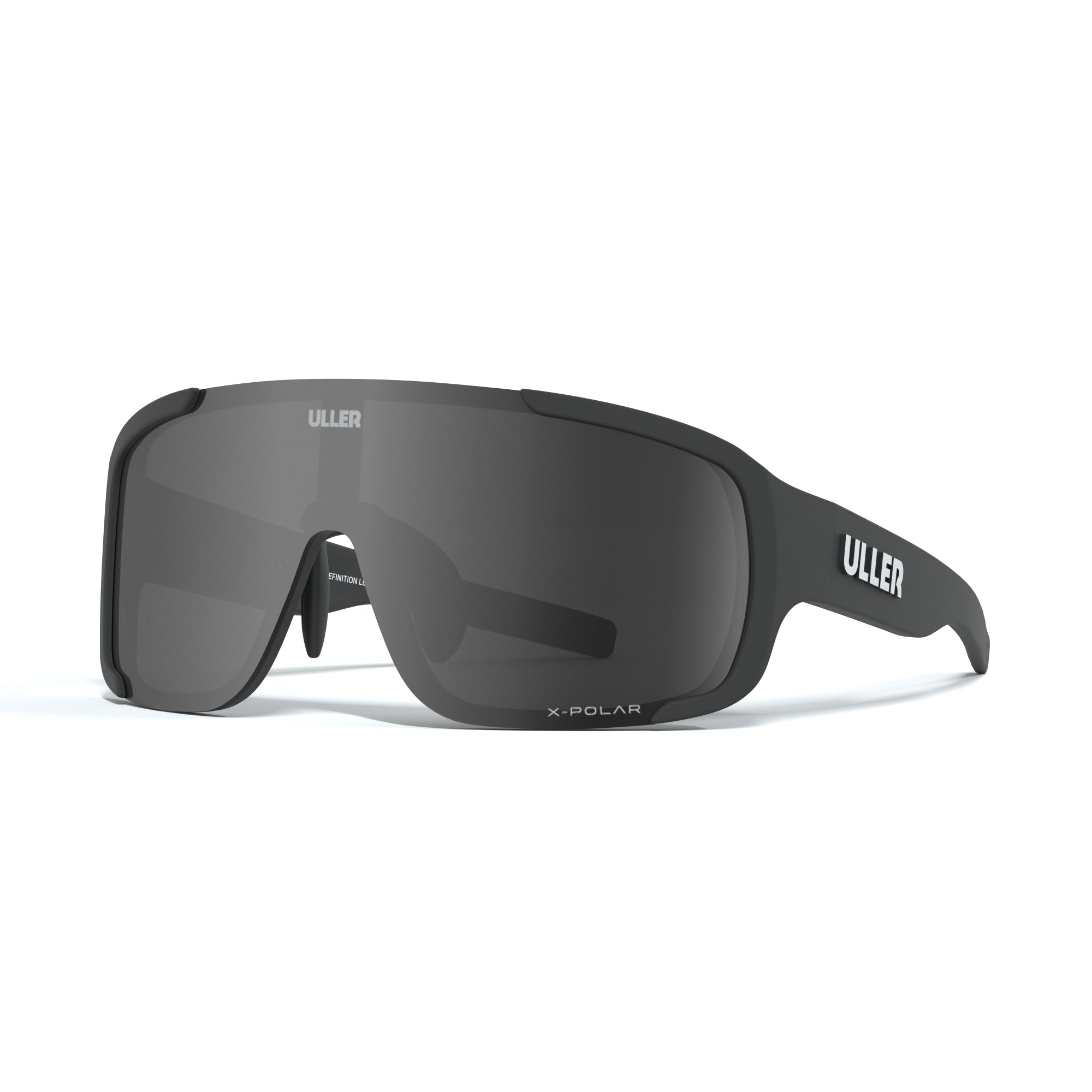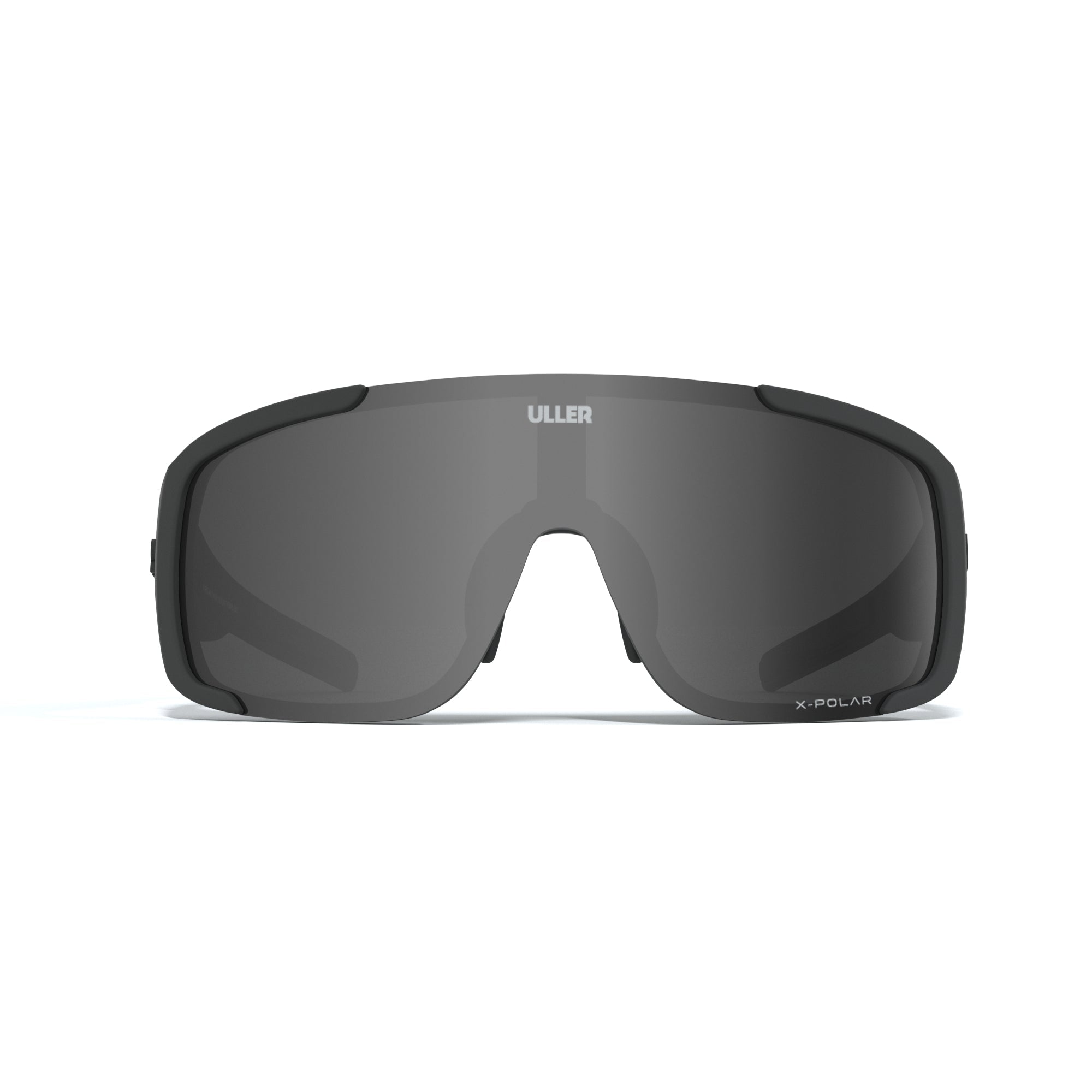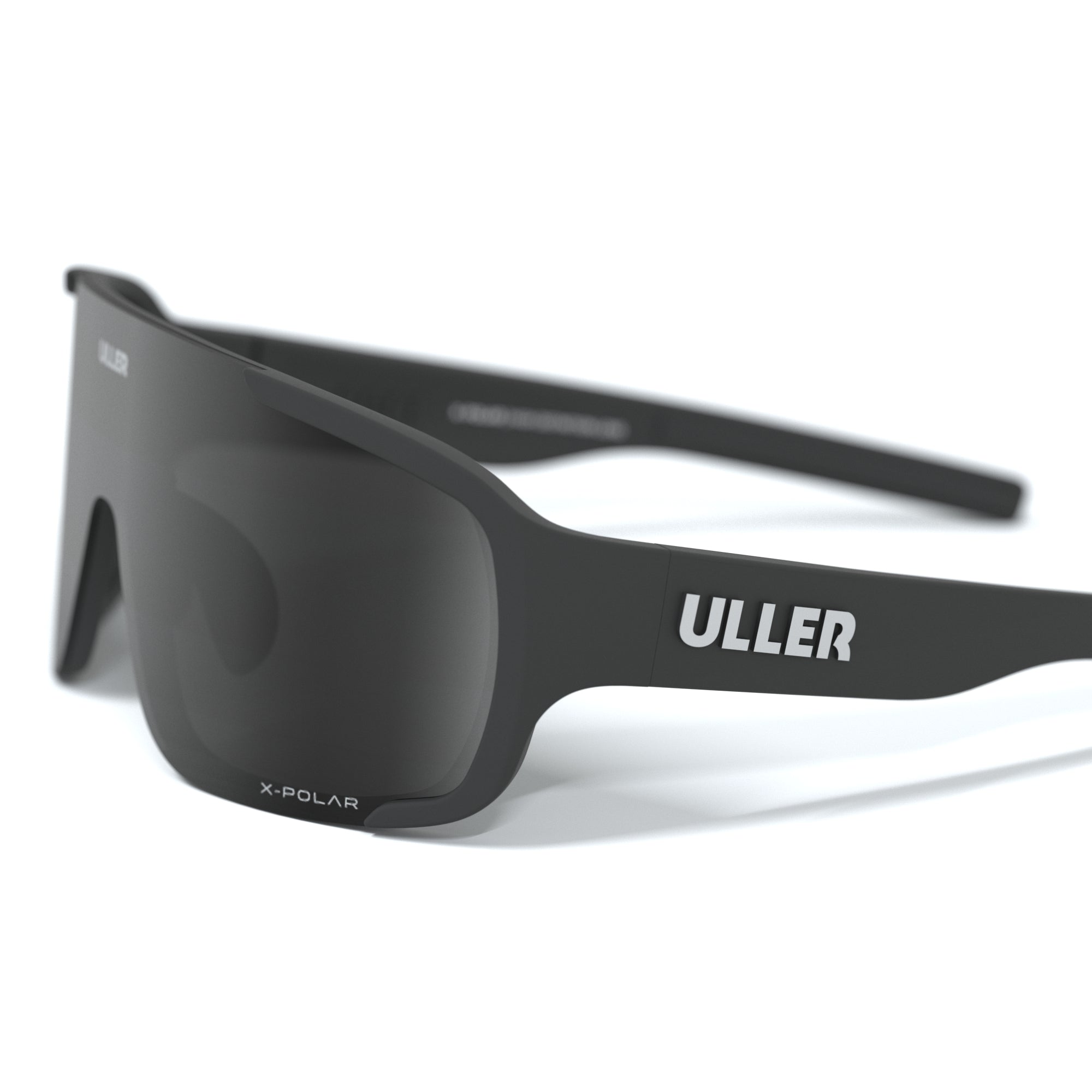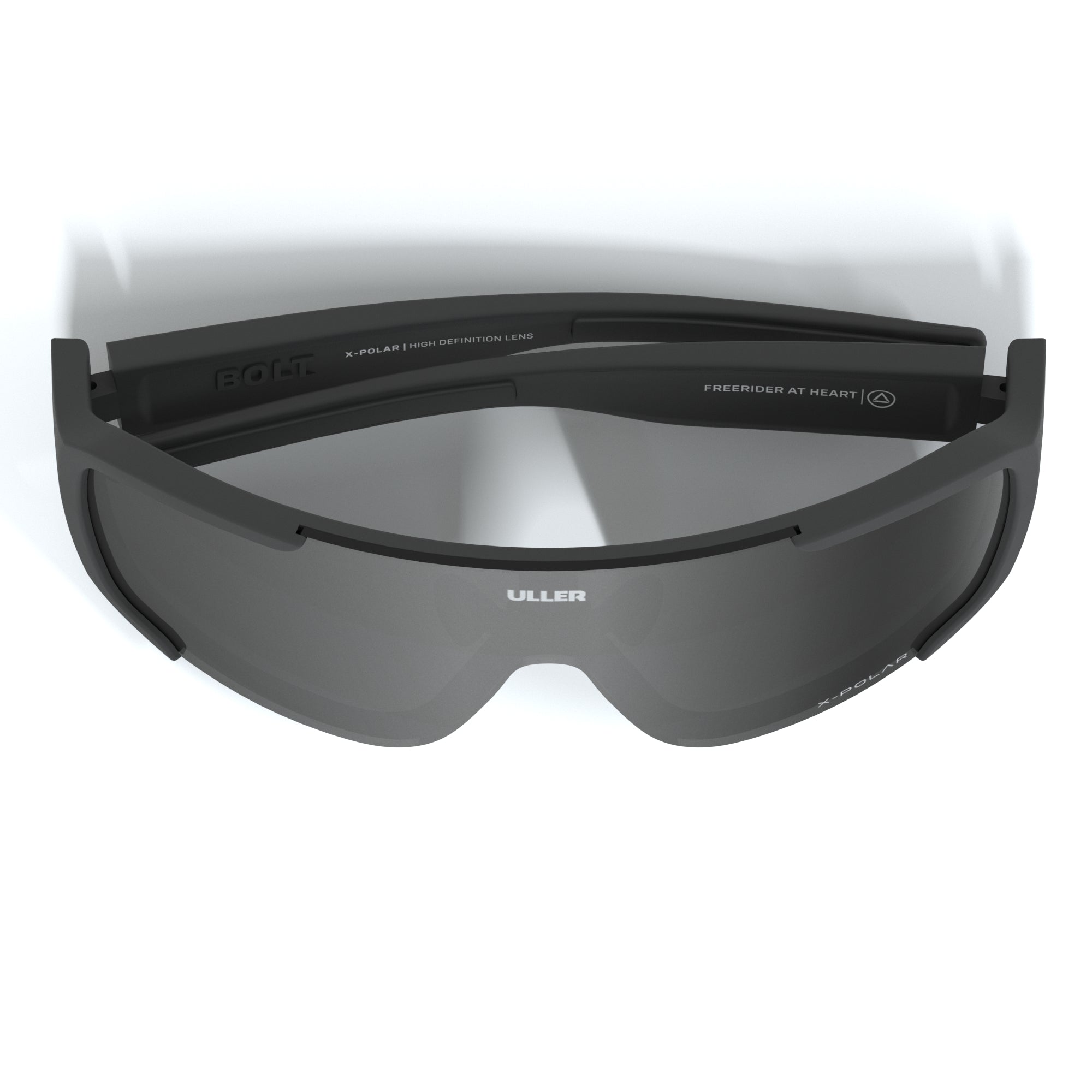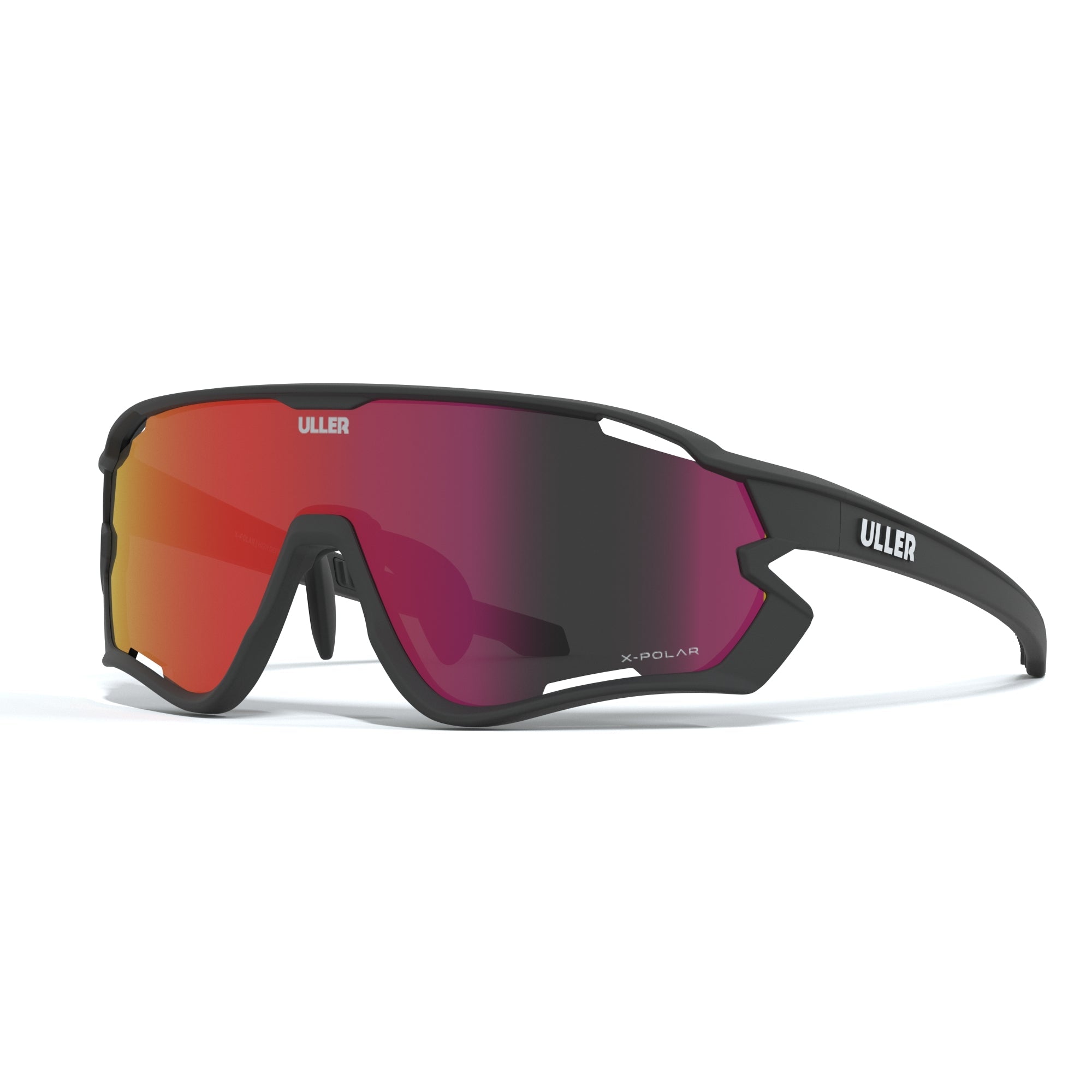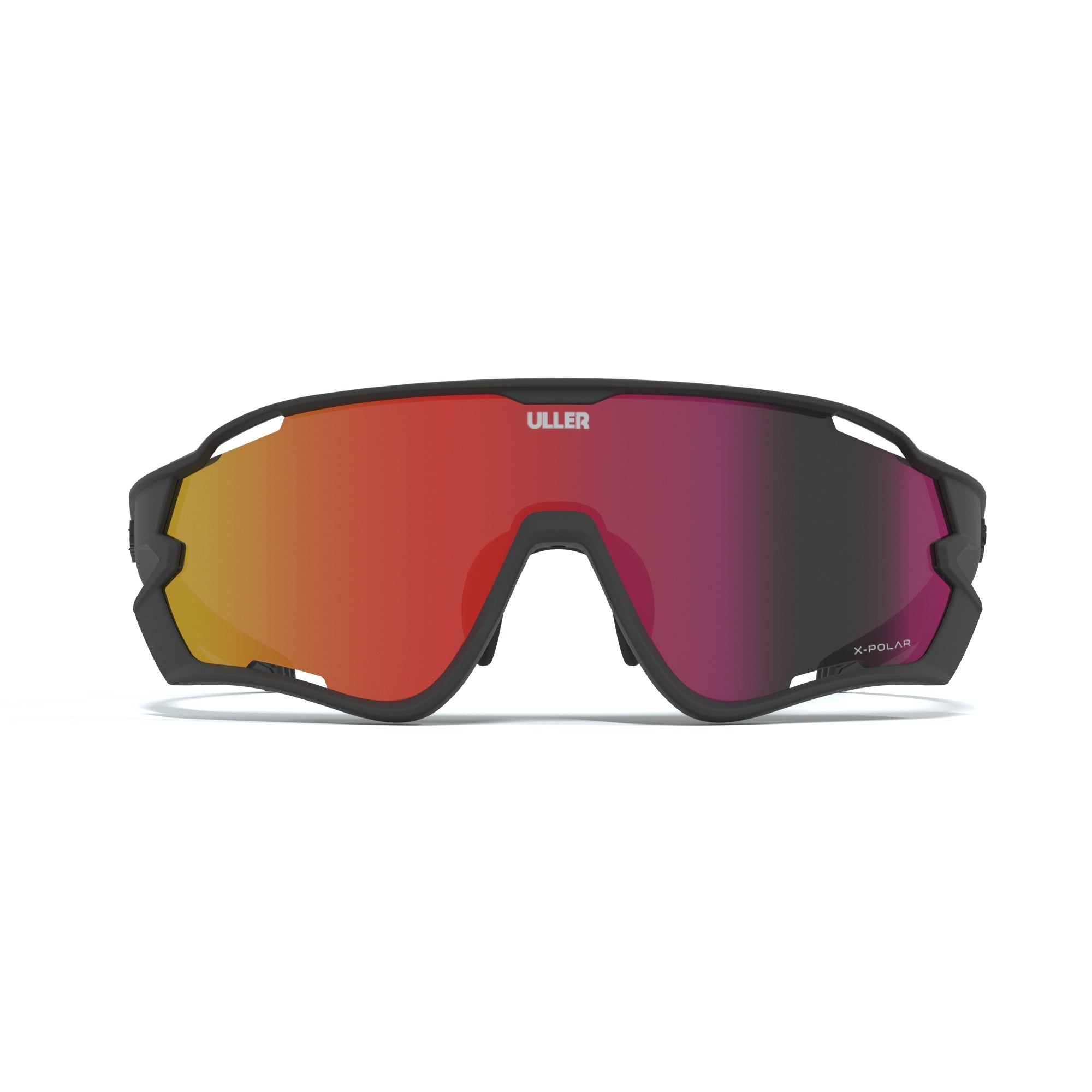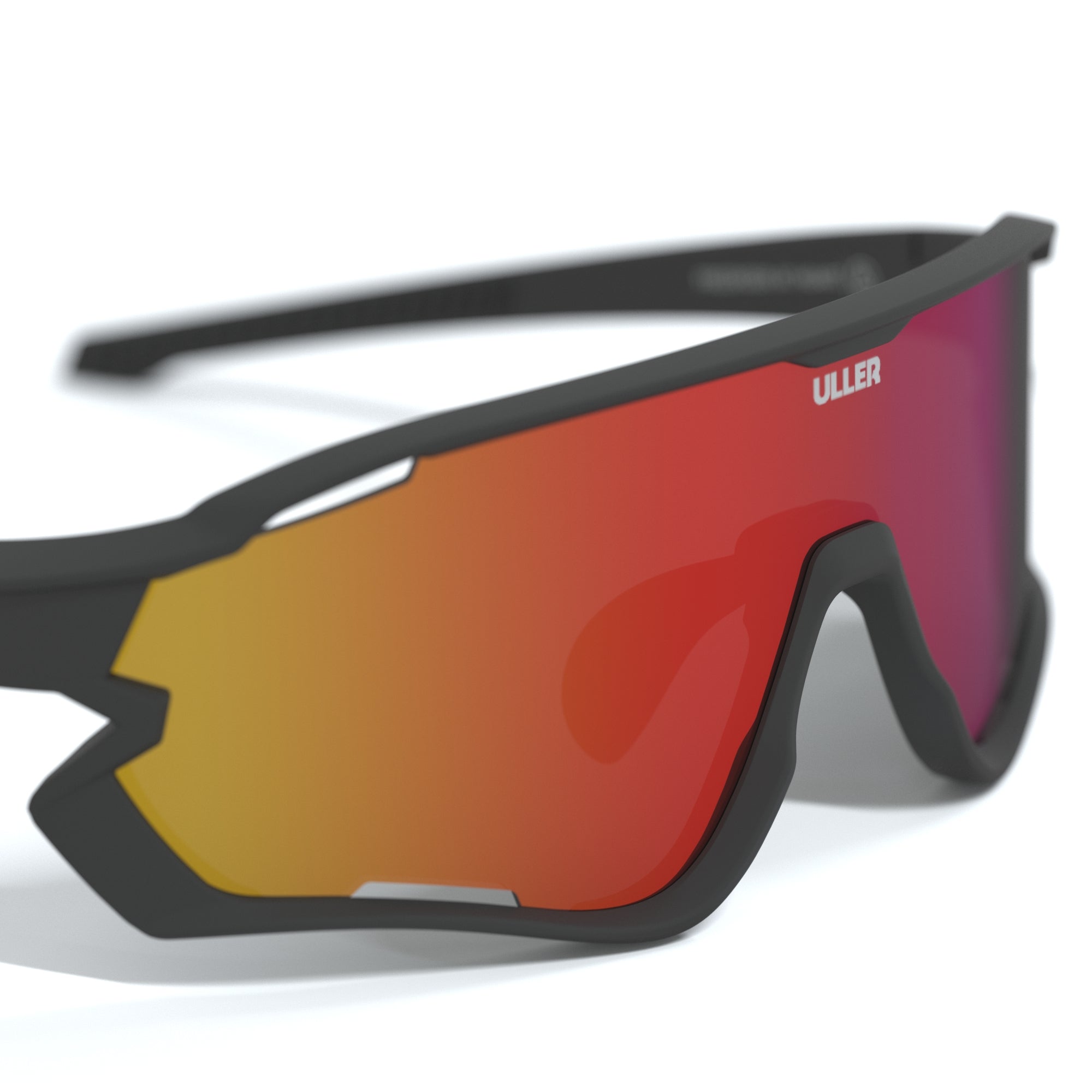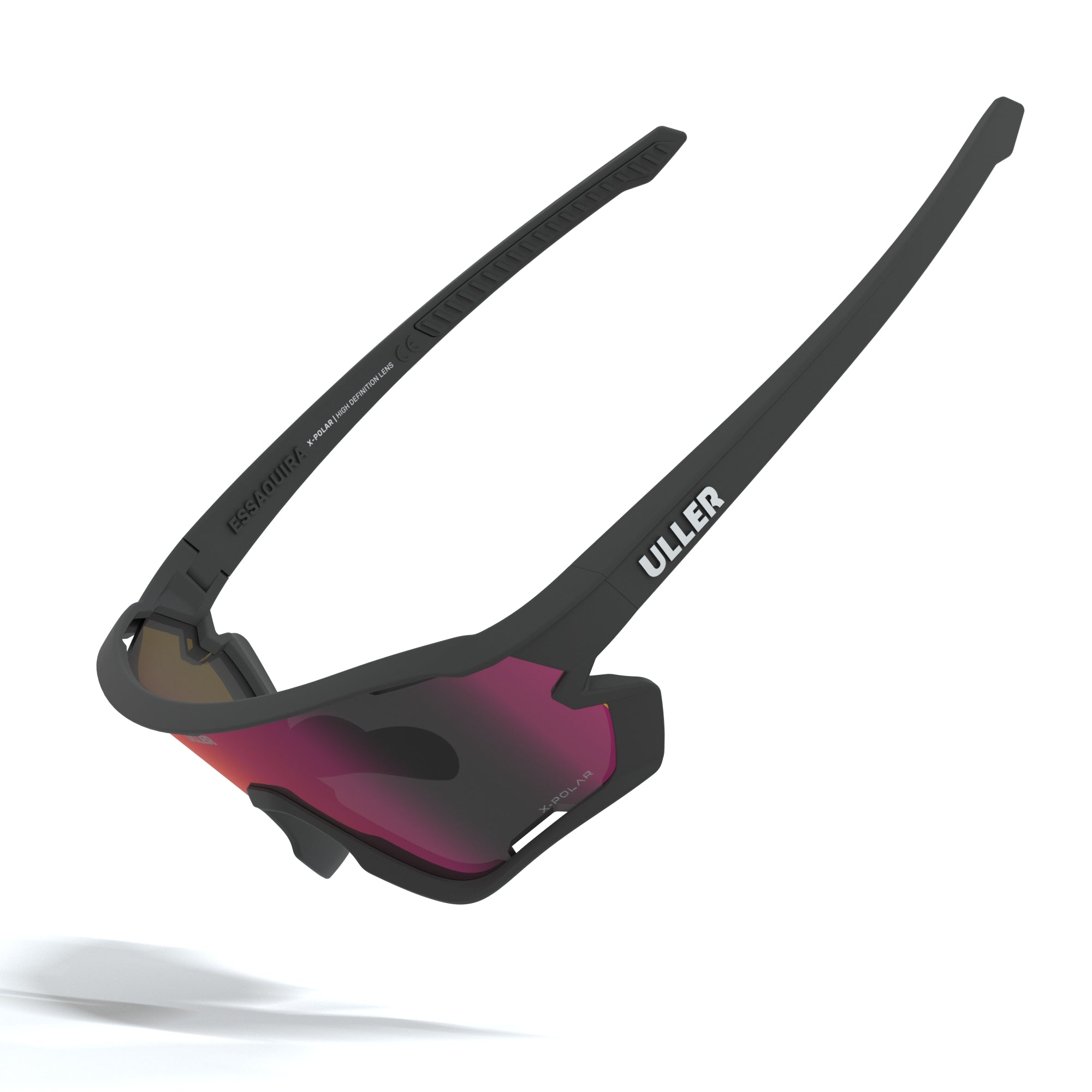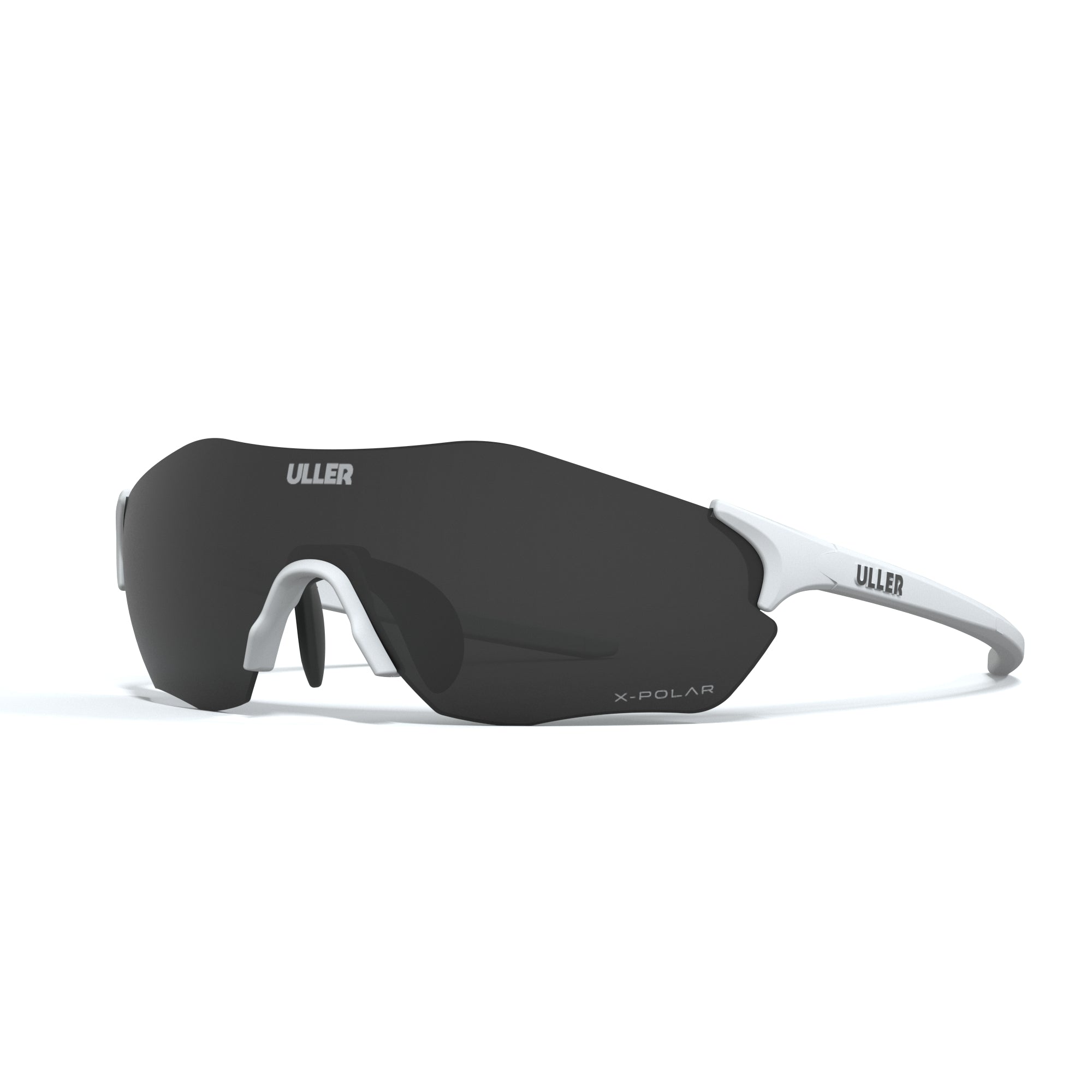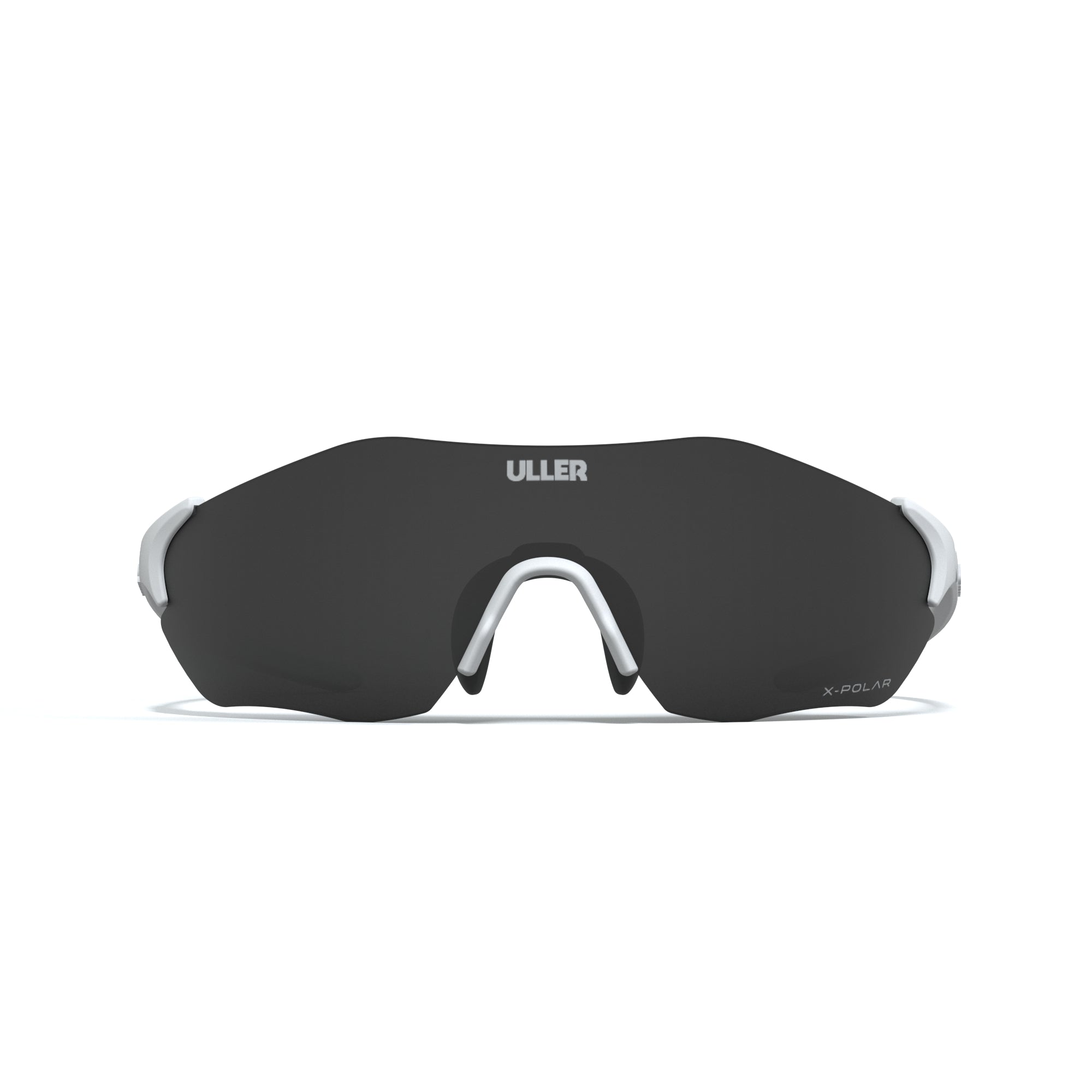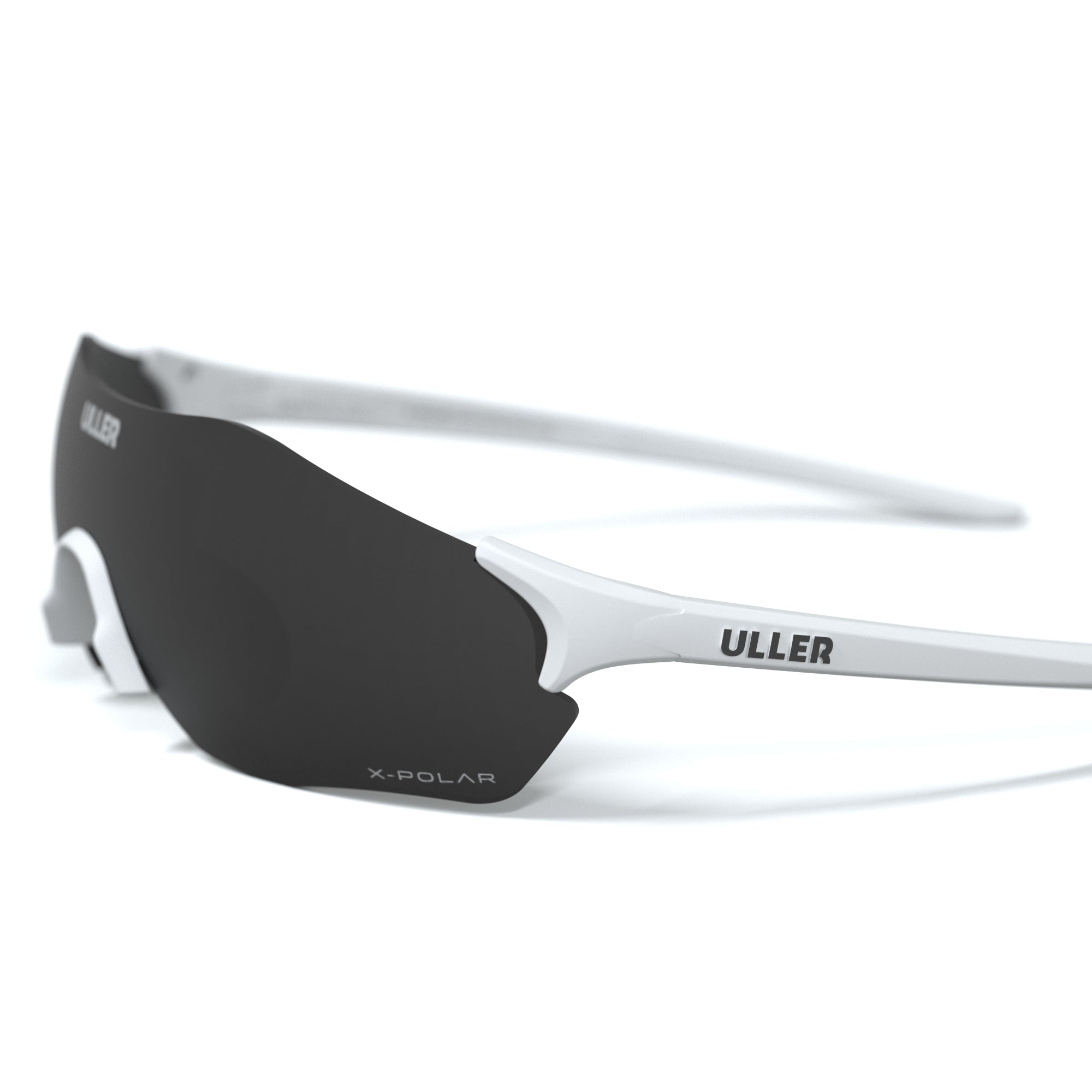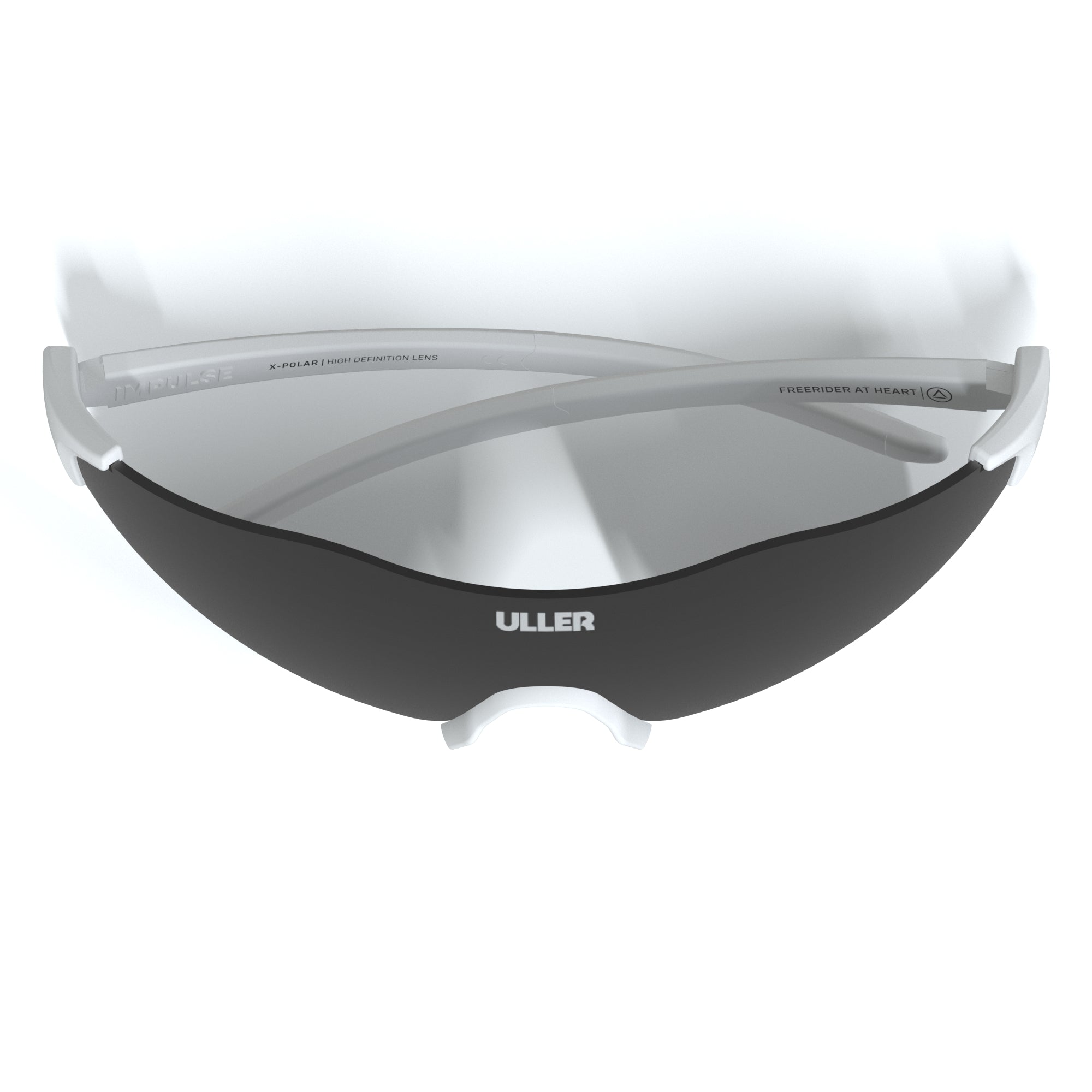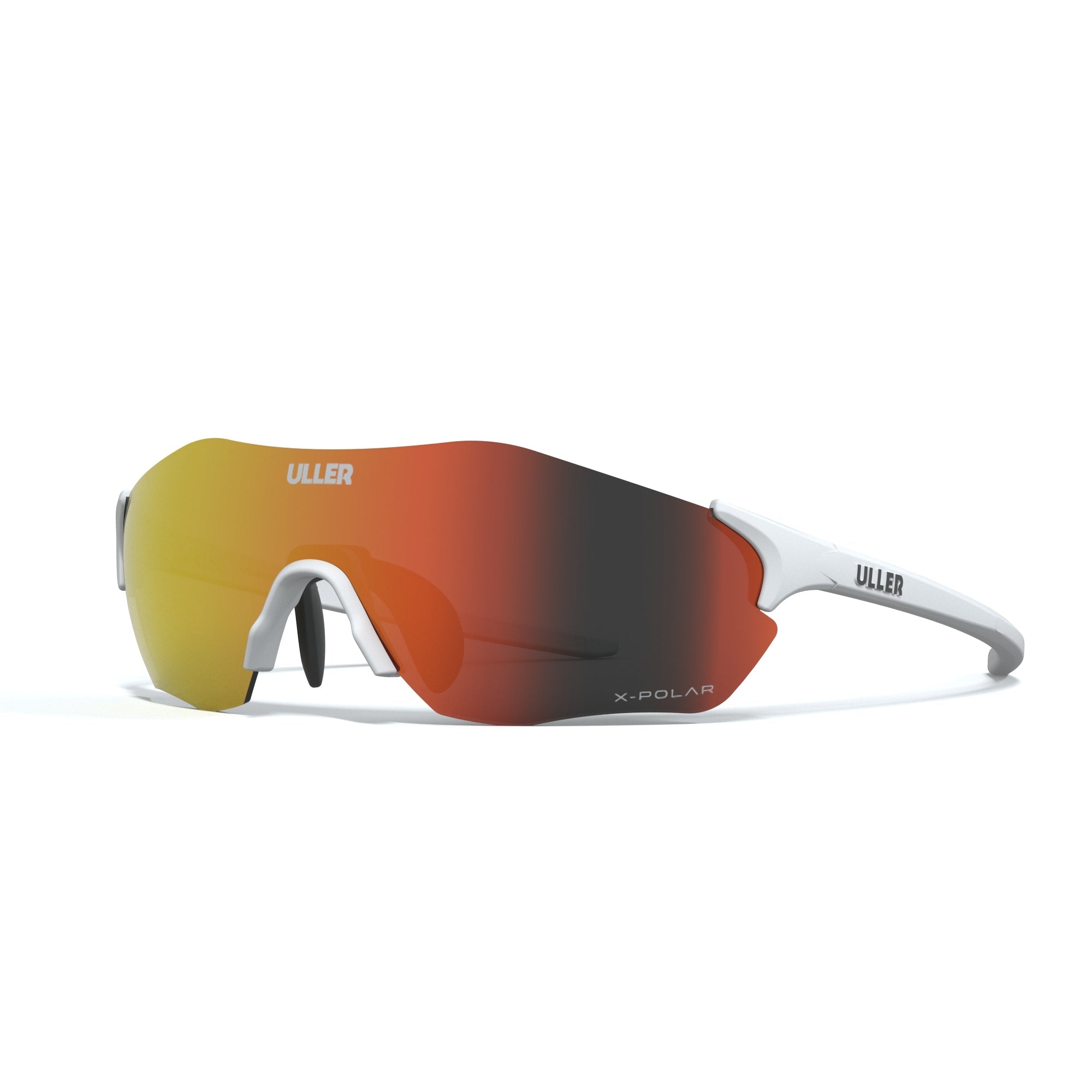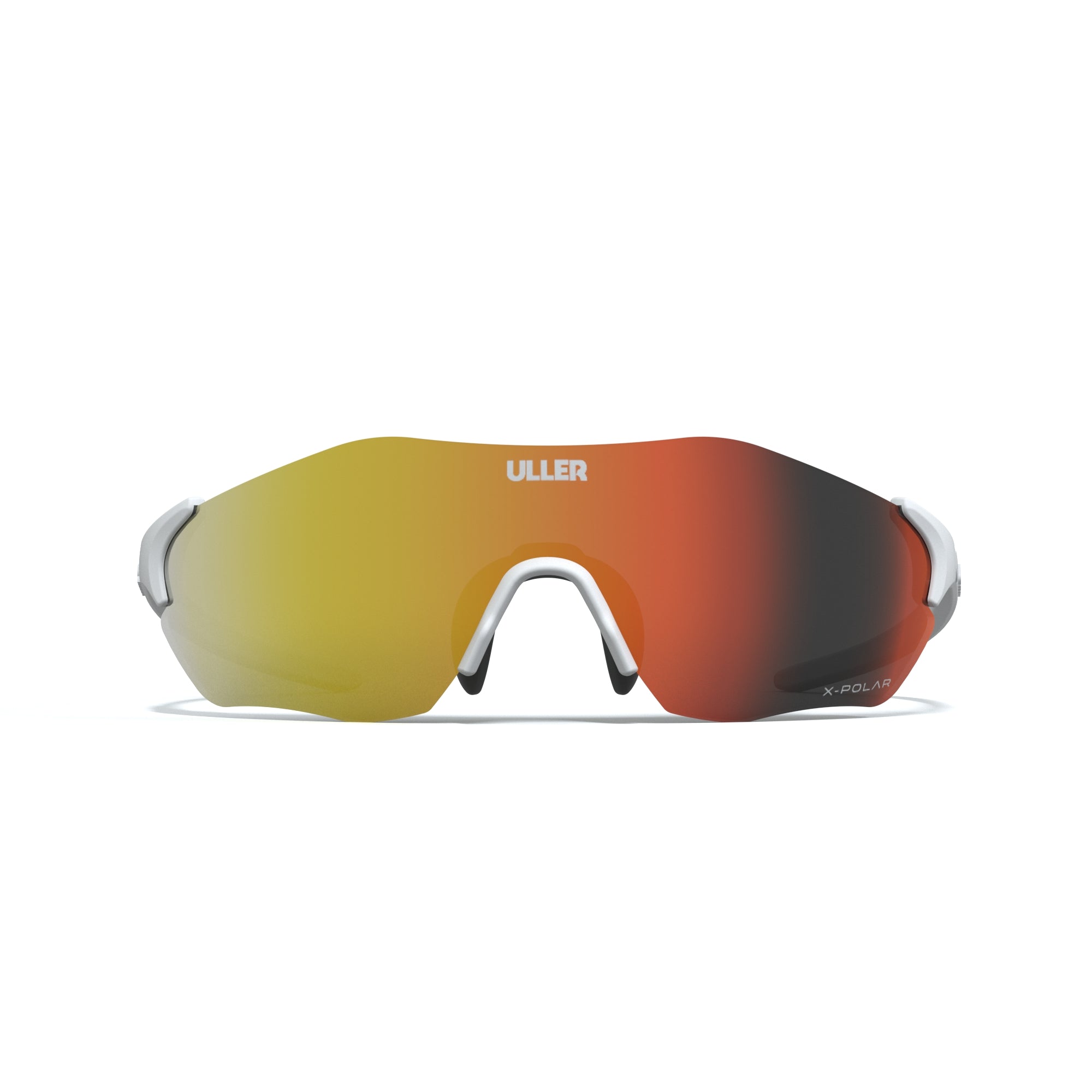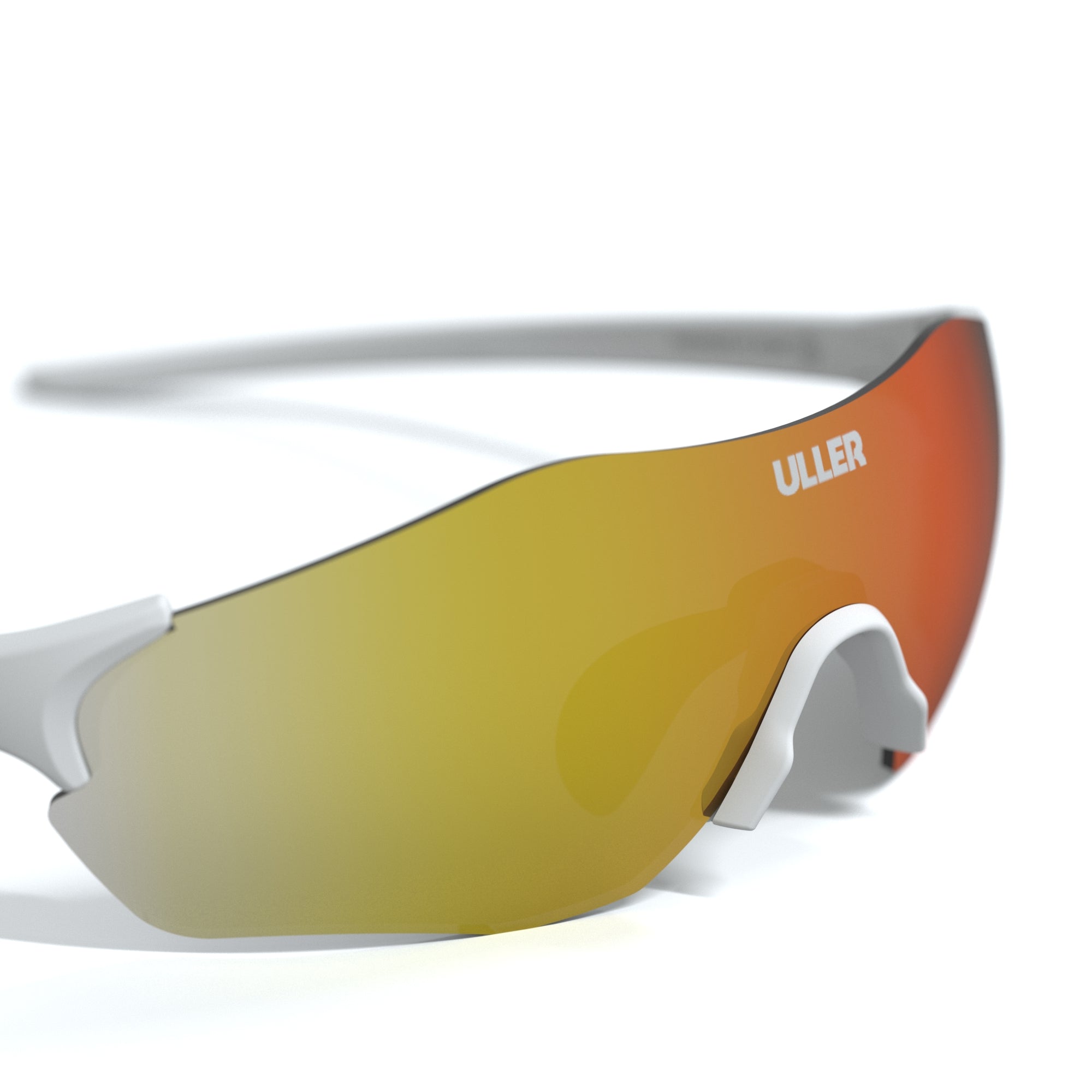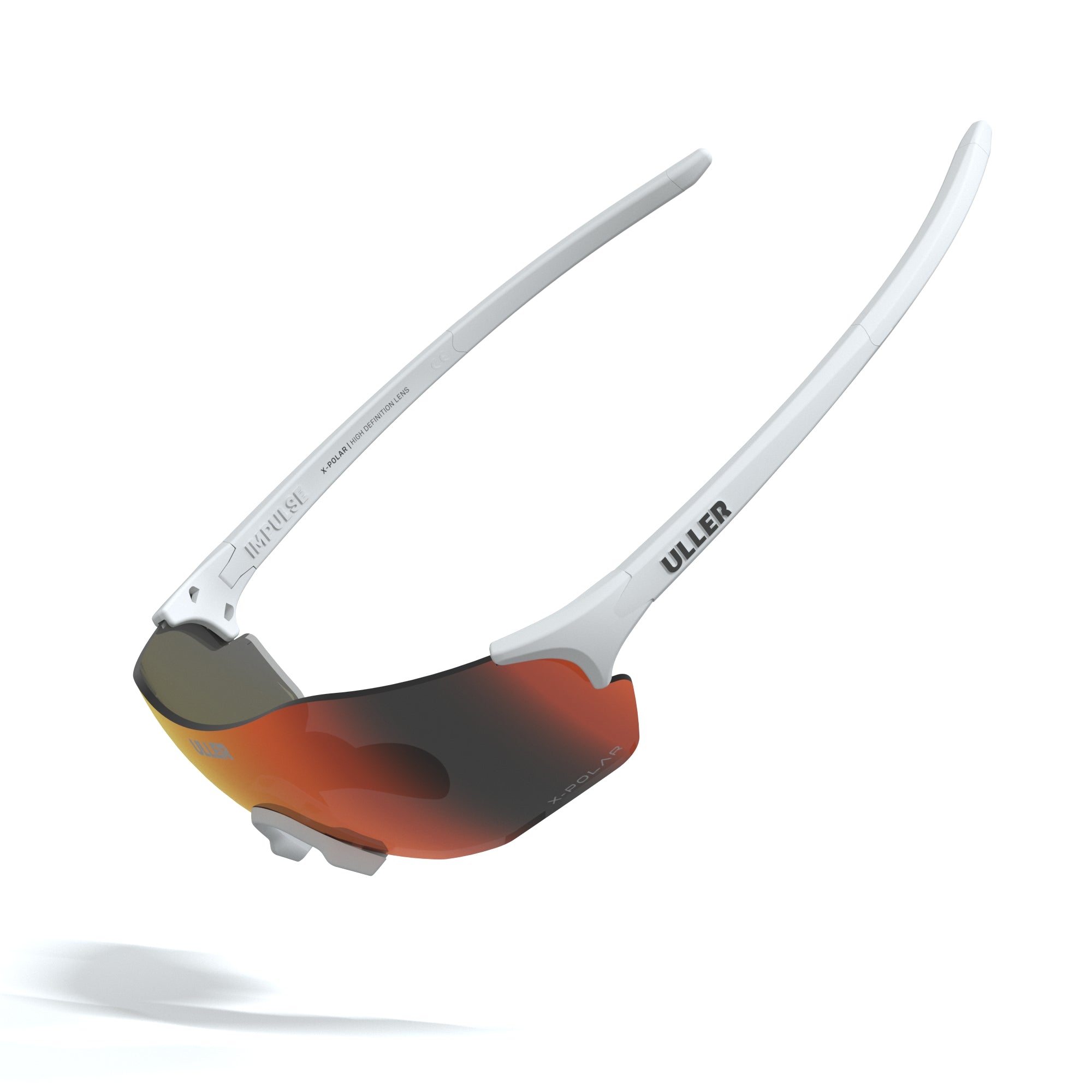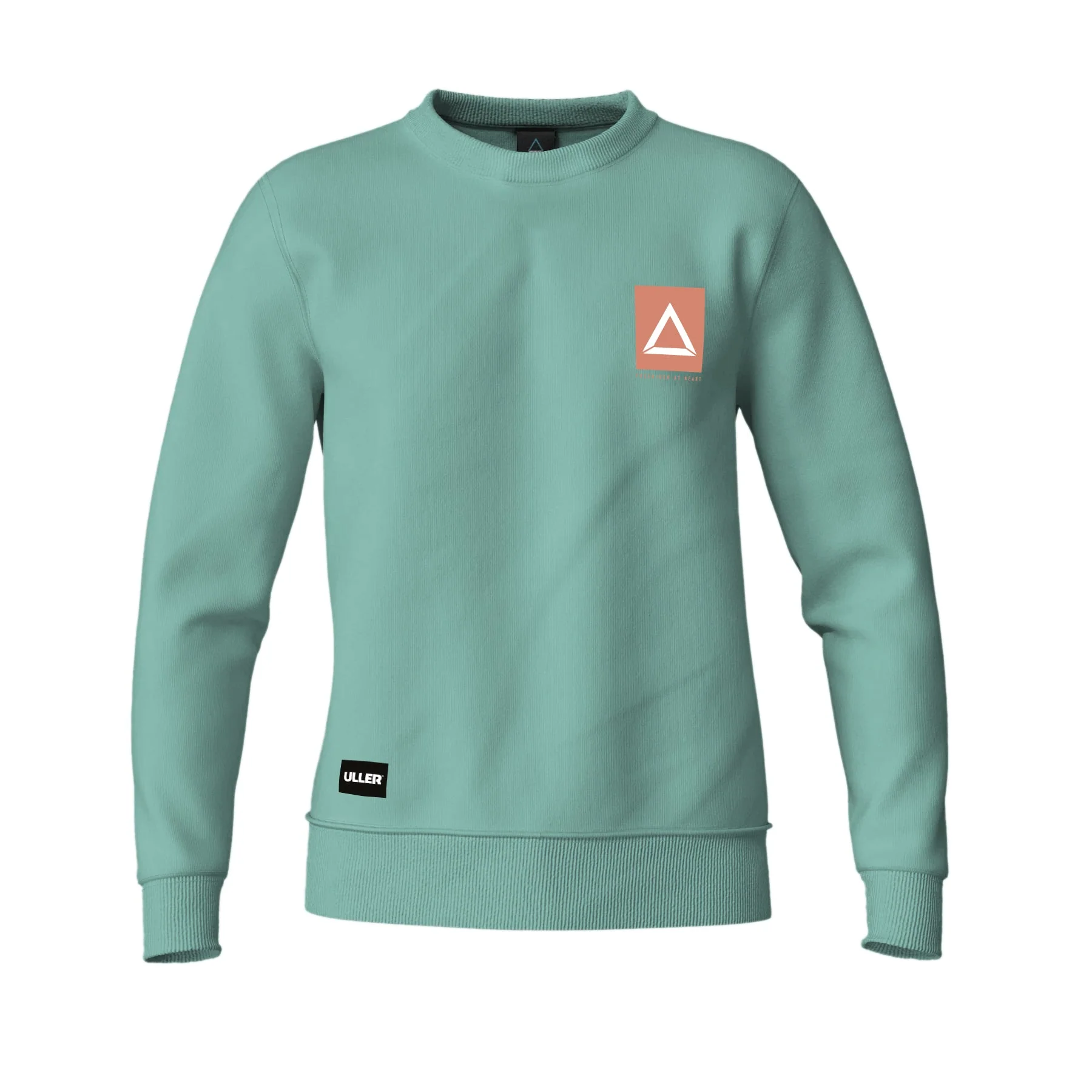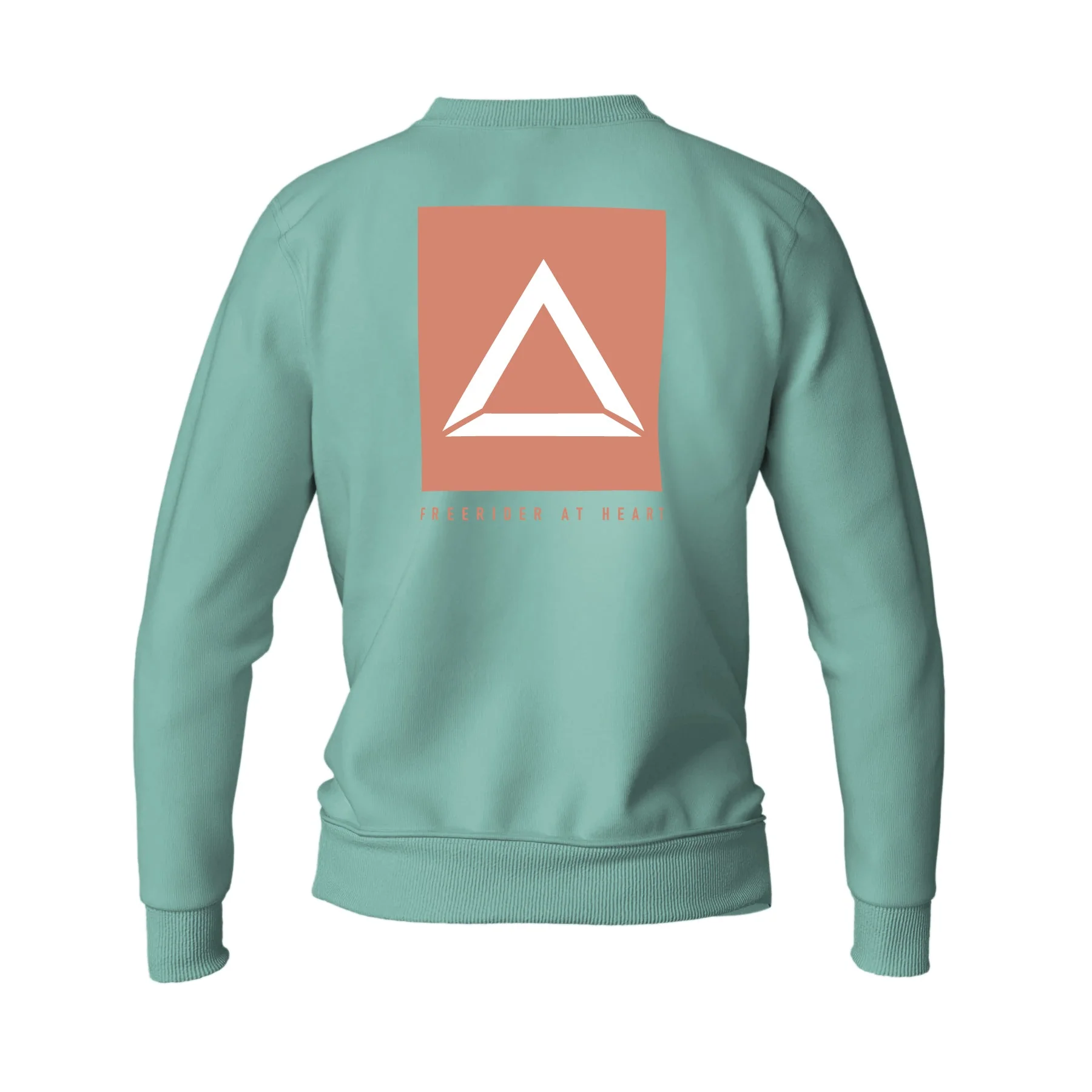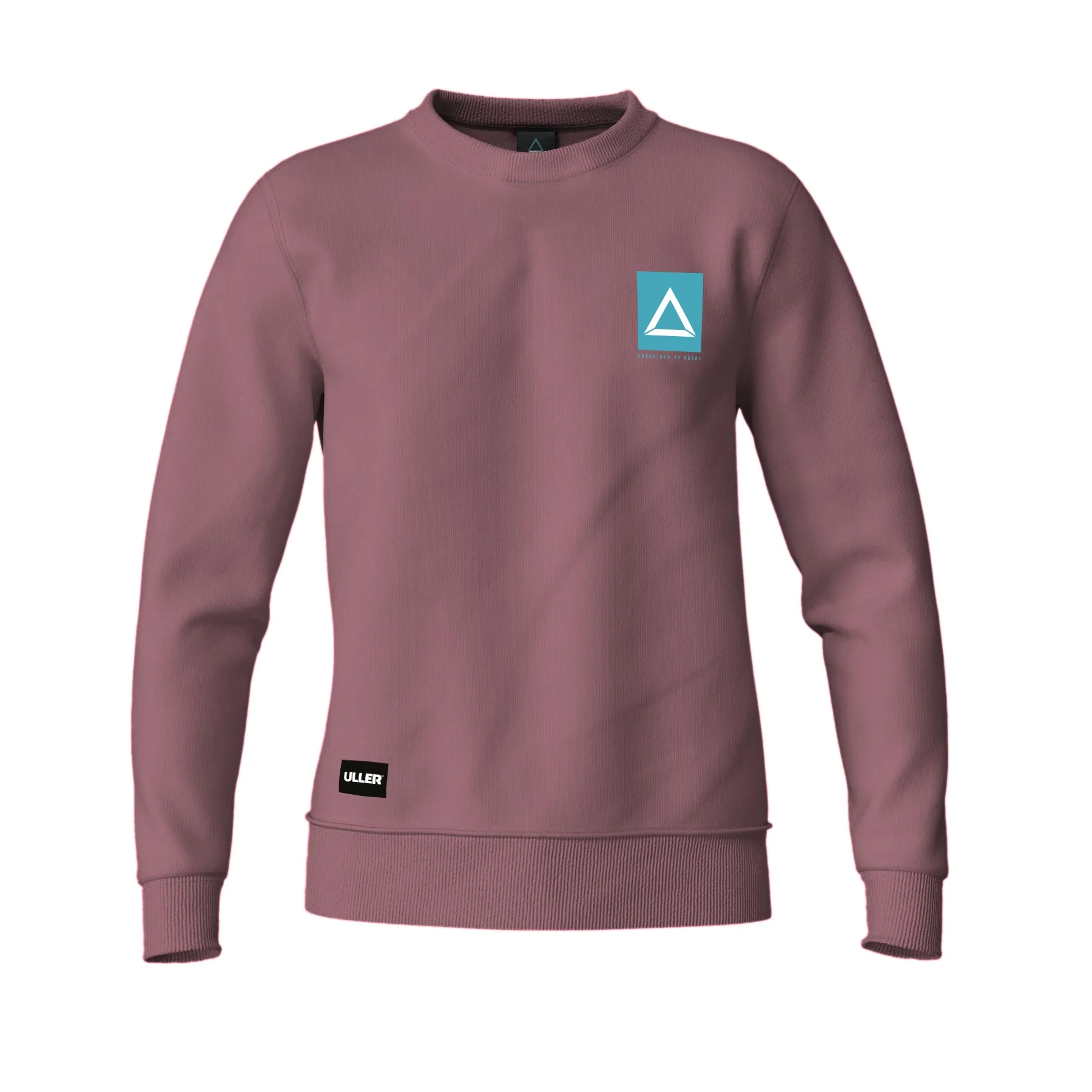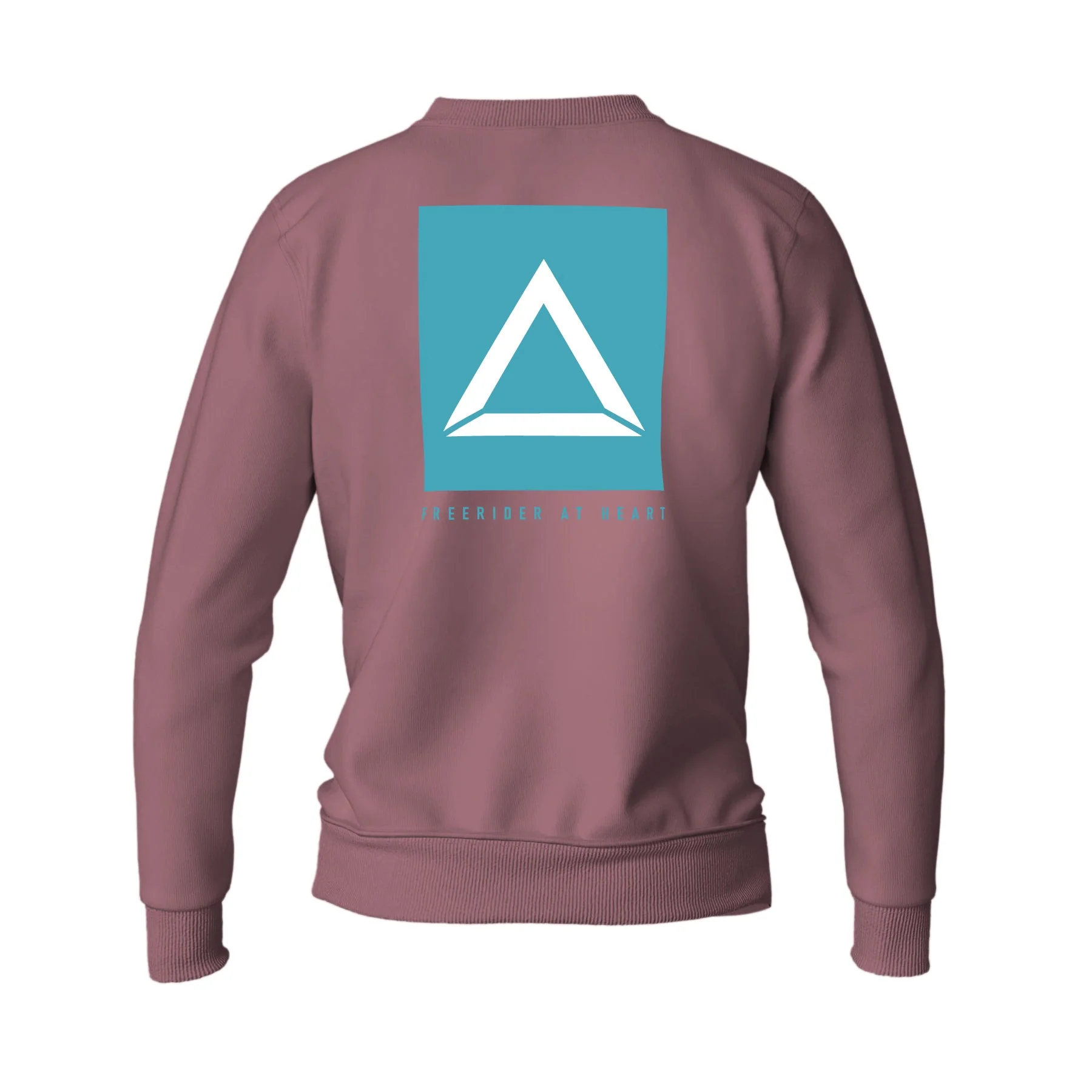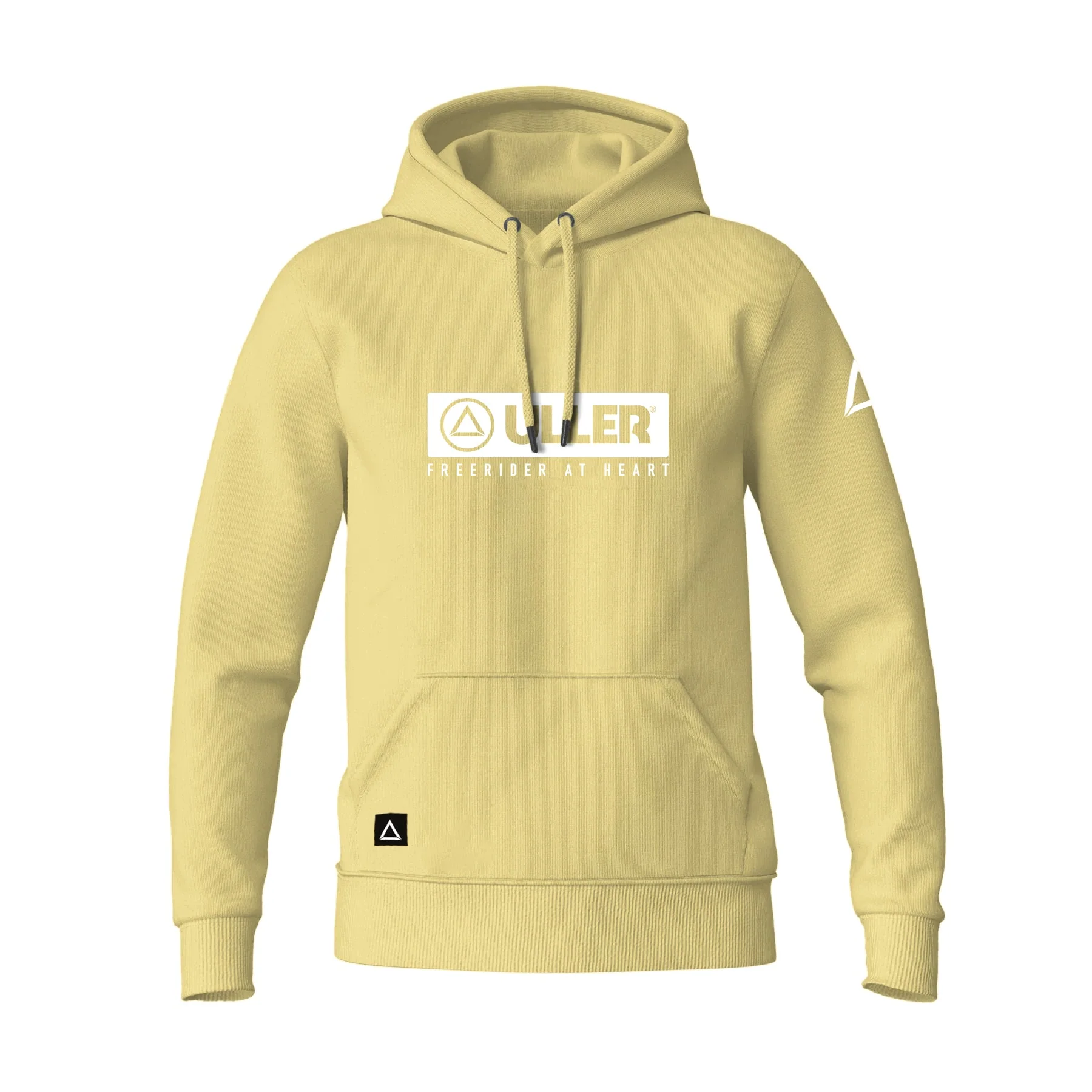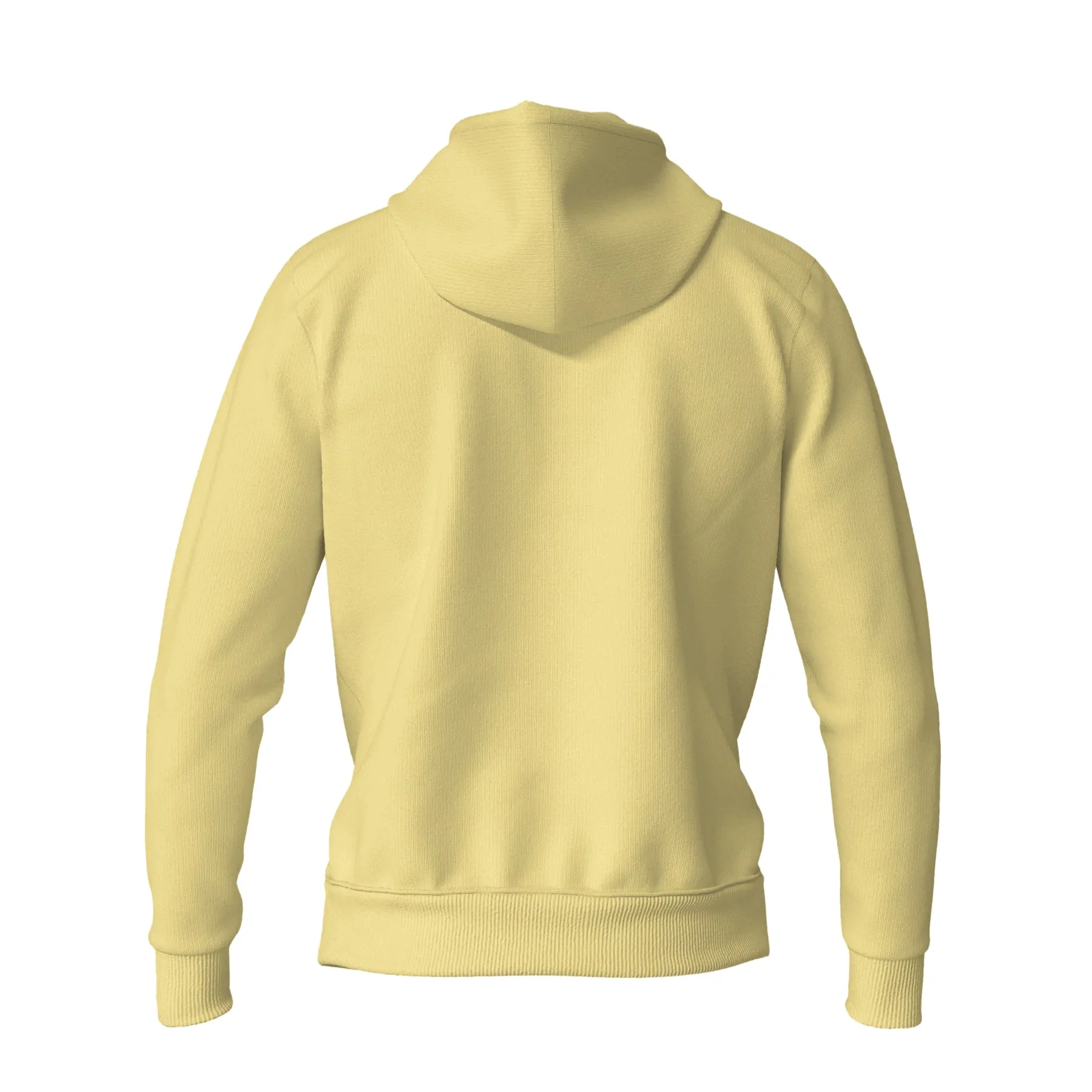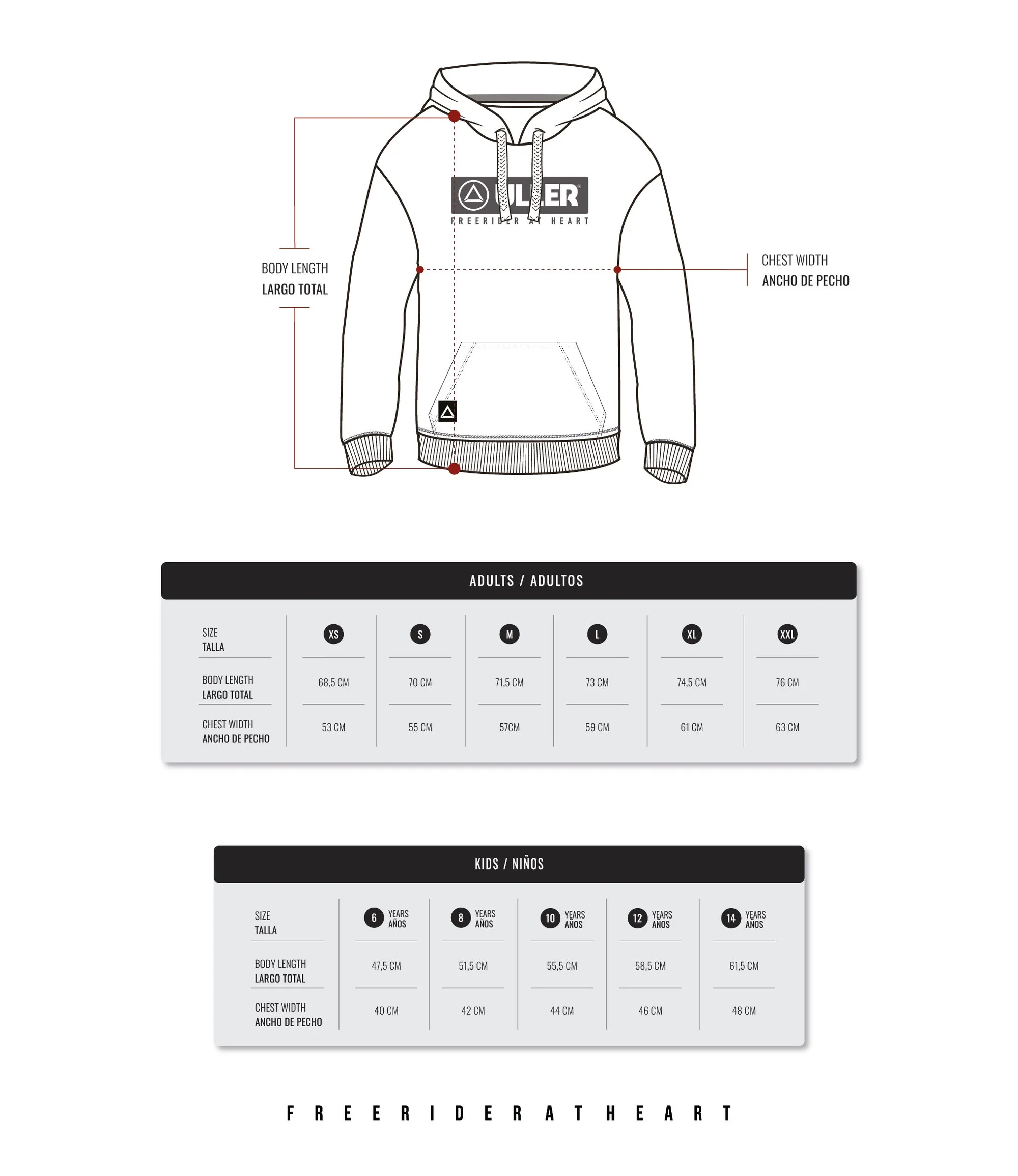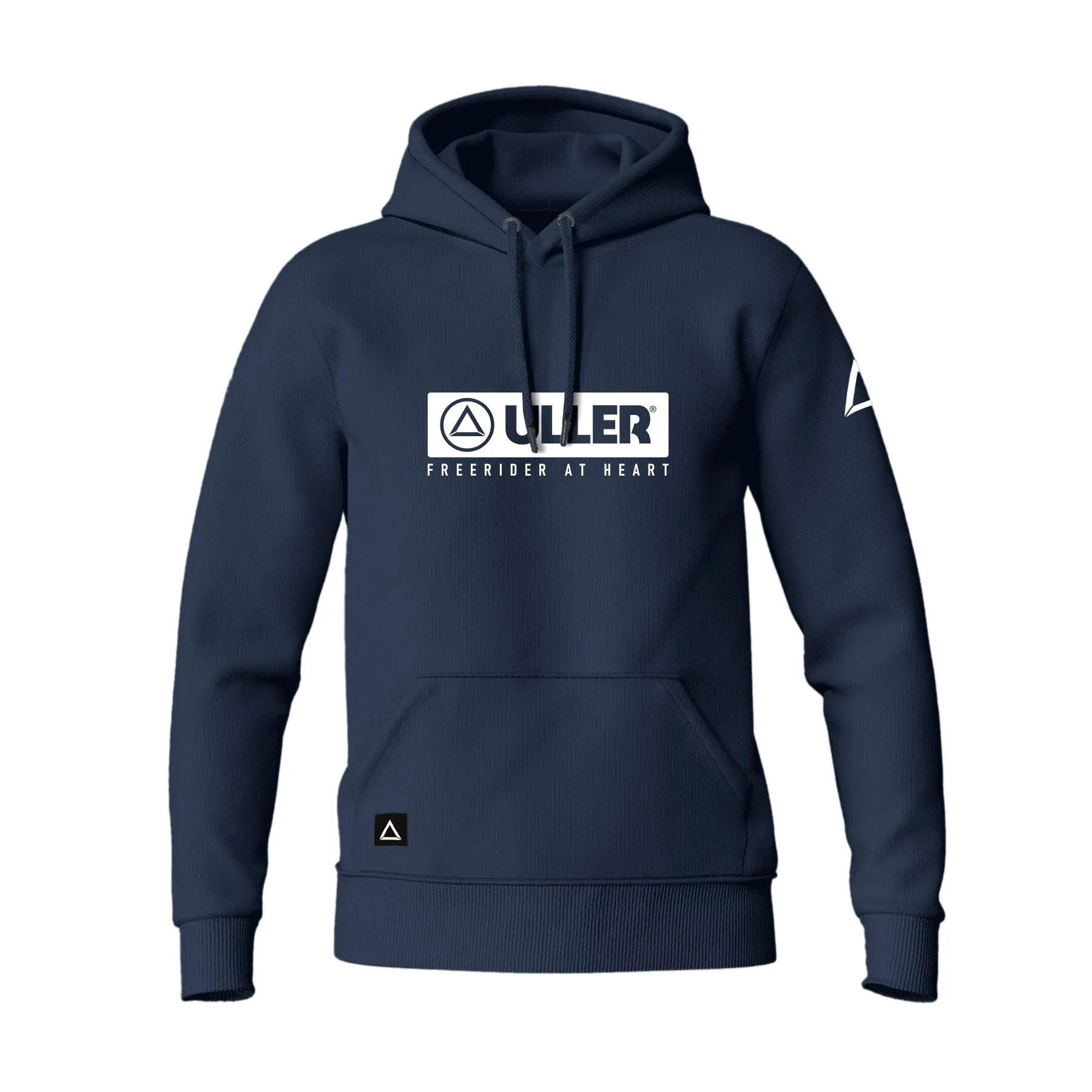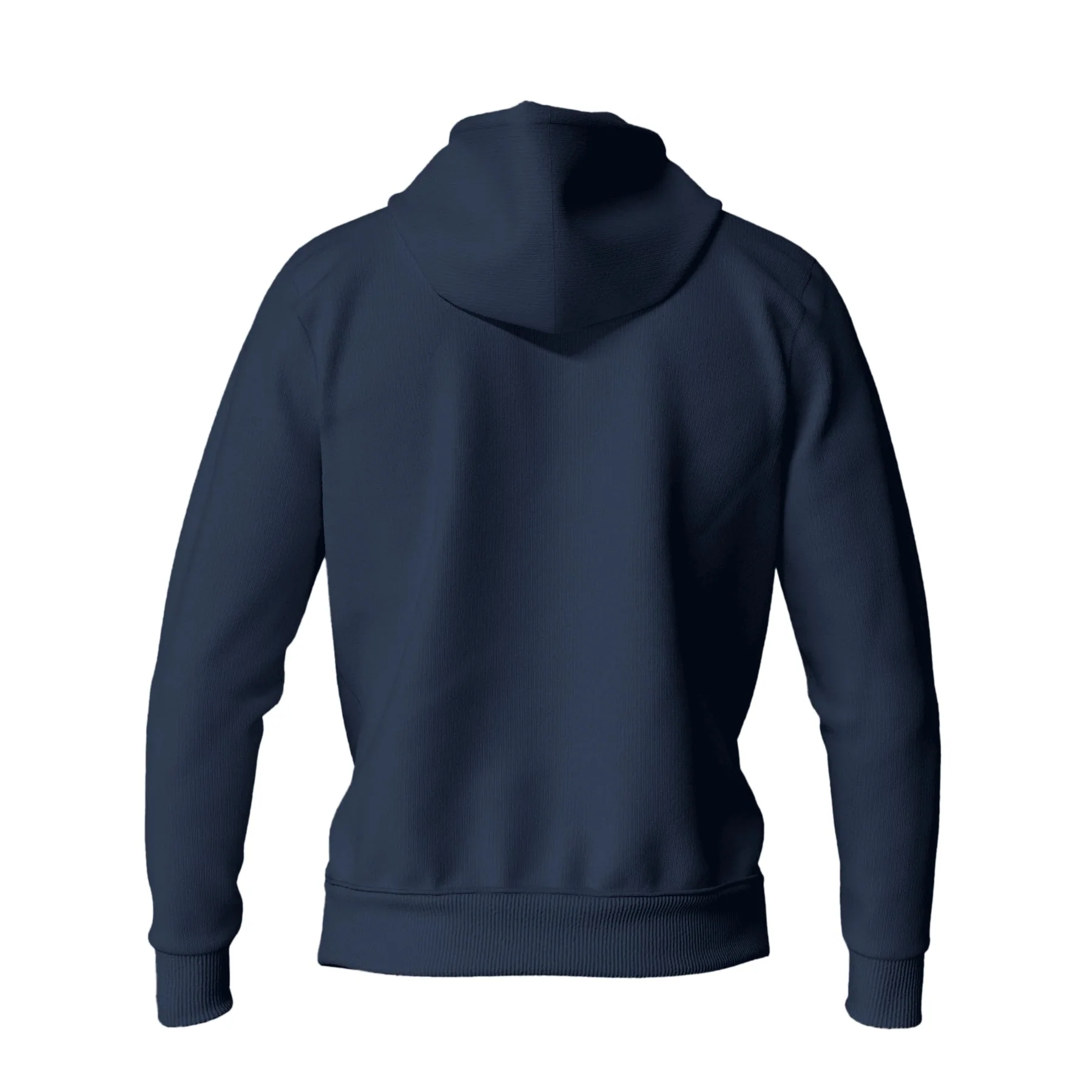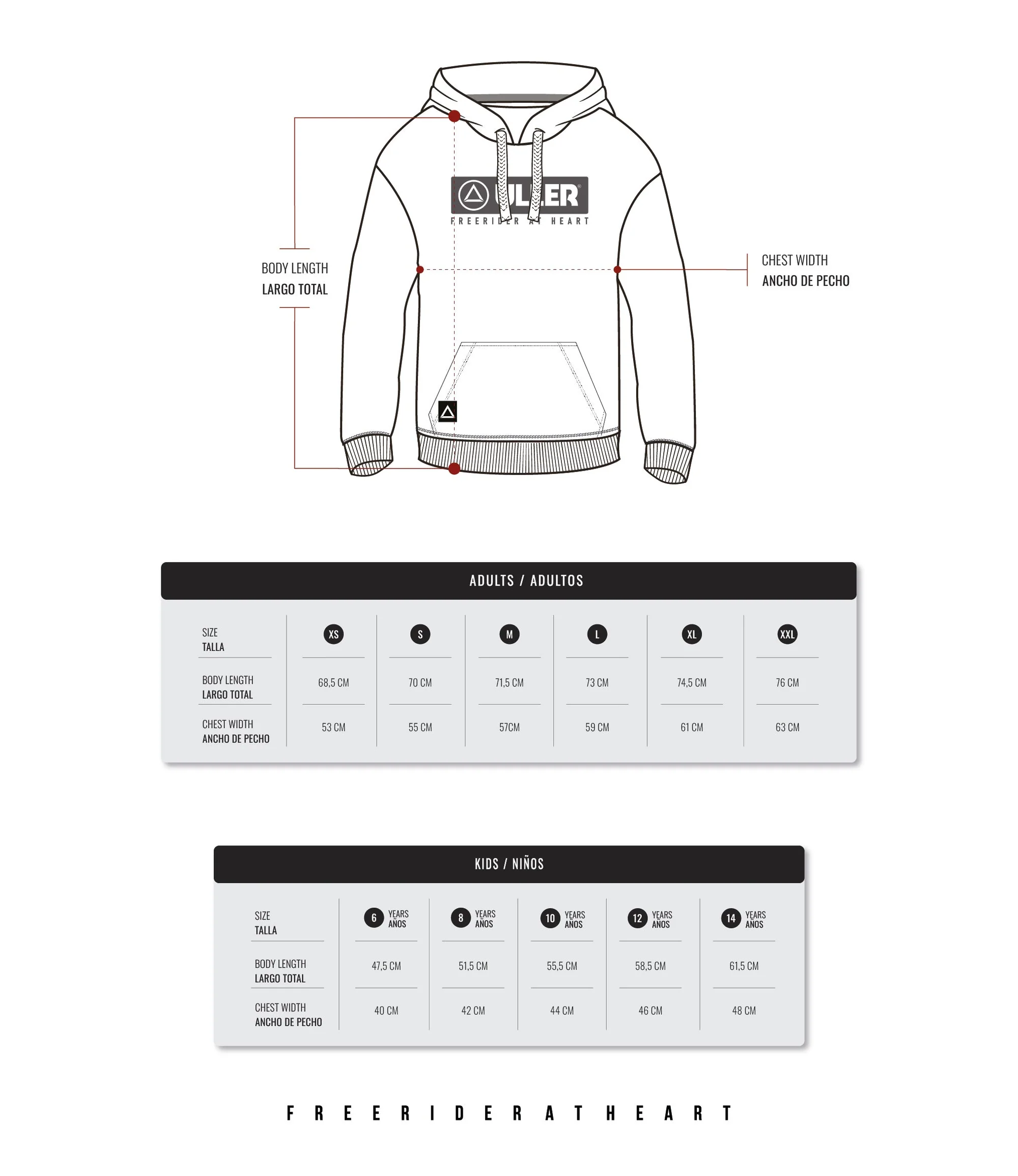If you are looking to have an incredible experience, it is important to be aware that going to enjoy pure nature, in this case the mountains, is exposed to different conditions that can result in possible risks and dangers, so it is better not to risk it and take all precautions. The climb up the mountain is an extraordinary experience!
Dedicate a few minutes to the following recommendations so that traveling to the mountains continues to be one of the most incredible and amazing sensations for you freerider. The mountain in winter, in addition to surprising with its beautiful views, tracks that inspire sliding and corners that scream freedom, can also amaze with a phenomenon known as snow avalanches or avalanches. A snow avalanche is just one of the manifestations of the power that nature has. They are huge masses of snow that move violently, dragging everything in their path. It is one of the most dangerous and deadly phenomena to which skiers and athletes are exposed when climbing the mountain. Having experience is always good, but don't underestimate the power that nature has.
It is a total demonstration that we should never trust ourselves and that we must always be prudent when wanting to enjoy nature. One of the main recommendations when deciding to go up the mountain is to check the forecasts or weather reports, see the risks of avalanches and the height to which we are going. Although the snow is very changeable and anything can happen when you are up there, it is always better to prevent and be properly informed.
TIPS TO PREVENT ANY DANGER IN THE SNOW!
At Uller® we want to provide you with all the necessary information to prevent any kind of danger when doing mountain sports:

WHAT DO YOU KNOW ABOUT THE POSSIBLE AVALANCHES THAT YOU MAY FIND IN THE MOUNTAIN?
There is a serious danger within the mountain ski resorts of being able to suffer a landslide or avalanche. Here we tell you what types of avalanches we can find:
FLASHES
It is the most common. A compacted snow surface that slides down the slope after breaking away from the mantle. They are usually large and usually appear due to the sun, wind or excess weight accumulated by the passage of people.
RECENT OR FRESH SNOW
They are among the most dangerous and are known for their “snowball” effect, since they appear due to the force of gravity and the weight of the snow itself. They happen after heavy snowfall.
WET SNOW
It usually happens during the spring, with the rise in temperatures. The exposure of the snow to the sun makes it very heavy due to the large volume of water it contains. They are frequent avalanches, which although they slide with little speed, are fatal in terms of erosion and force. Now that we know how to identify avalanches, it is necessary to continue learning about other elements that help prevent and enjoy the mountain. There is a European scale made up of five levels that are divided from the weakest risk to the strongest. It is a scale used by institutions and the same resorts to warn skiers of the risk that there may be, probabilities of avalanches and recommendations.
For this reason, we recommend you before making your trip to the mountains if you do not have enough experience about it:
RESEARCH ABOUT THE SITE
As we must not lower our guard when visiting nature, we must also observe and avoid places that represent a real danger. It is essential to know well the terrain or place where you plan to do the activity or sport. It is possible that avalanches occur in the same place on the mountain, which is why this step becomes essential. Knowing the place well, you can save and avoid exposing yourself to any type of risk. Of course, it is also on our side to decide where and how we want to slide. Respect nature and as we said above, be prudent!
WEAR APPROPRIATE EQUIPMENT
Today technology is also on the side of adventure. It is advisable to carry ARVA. A transmitter/receiver device that emits a signal at a certain frequency with which an avalanche victim can be located within minutes. Additionally, the avalanche probe. It is a long rod that is assembled with several sections to probe and mark the exact position of the victim in an avalanche. And finally, as basic equipment, the shovel to dig.
Keep in mind that it is always better to start doing sports or activities at an early hour. Always go in company! And that there is no better tool than prevention. Find out everything first to avoid scares and fully enjoy the mountain!


















